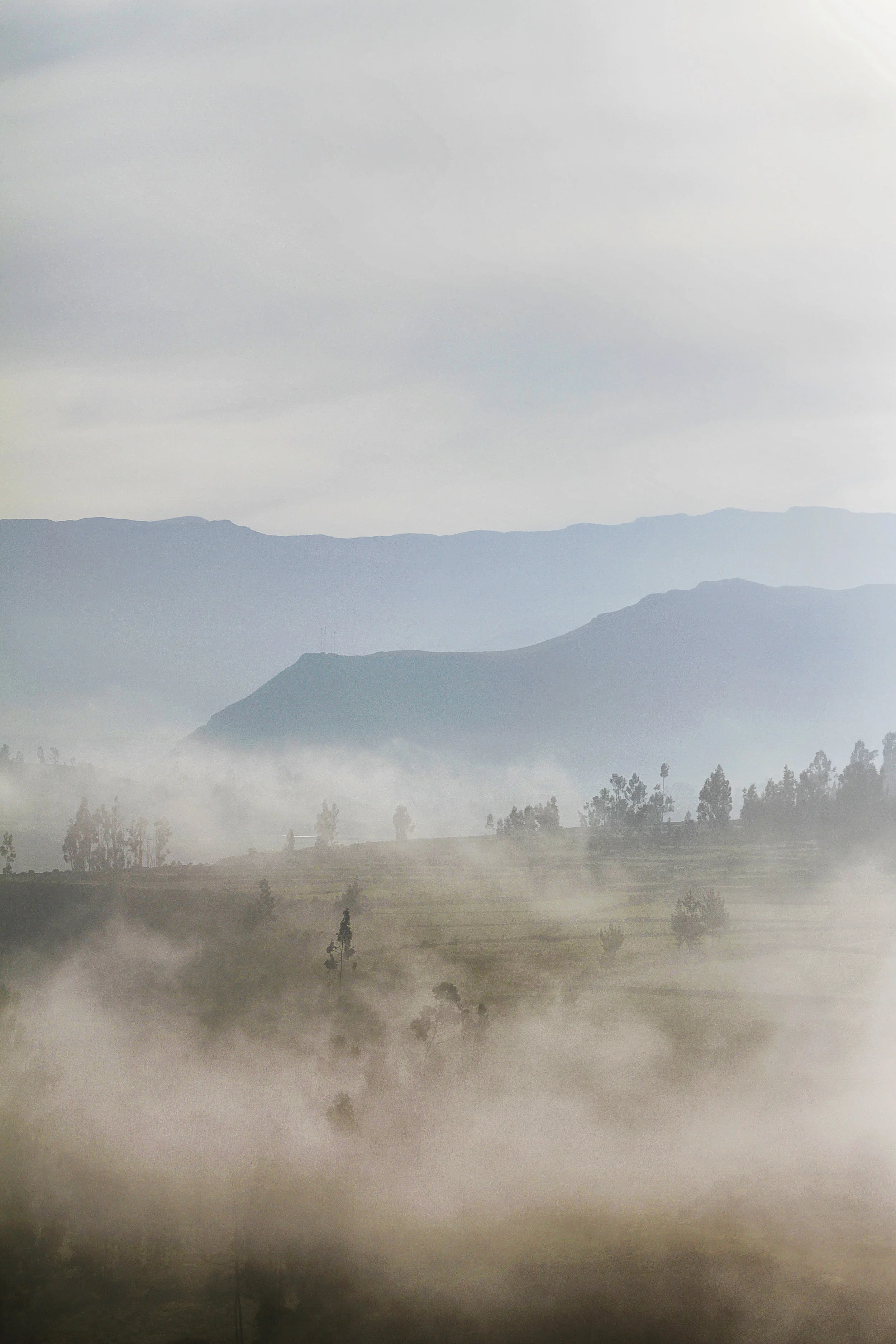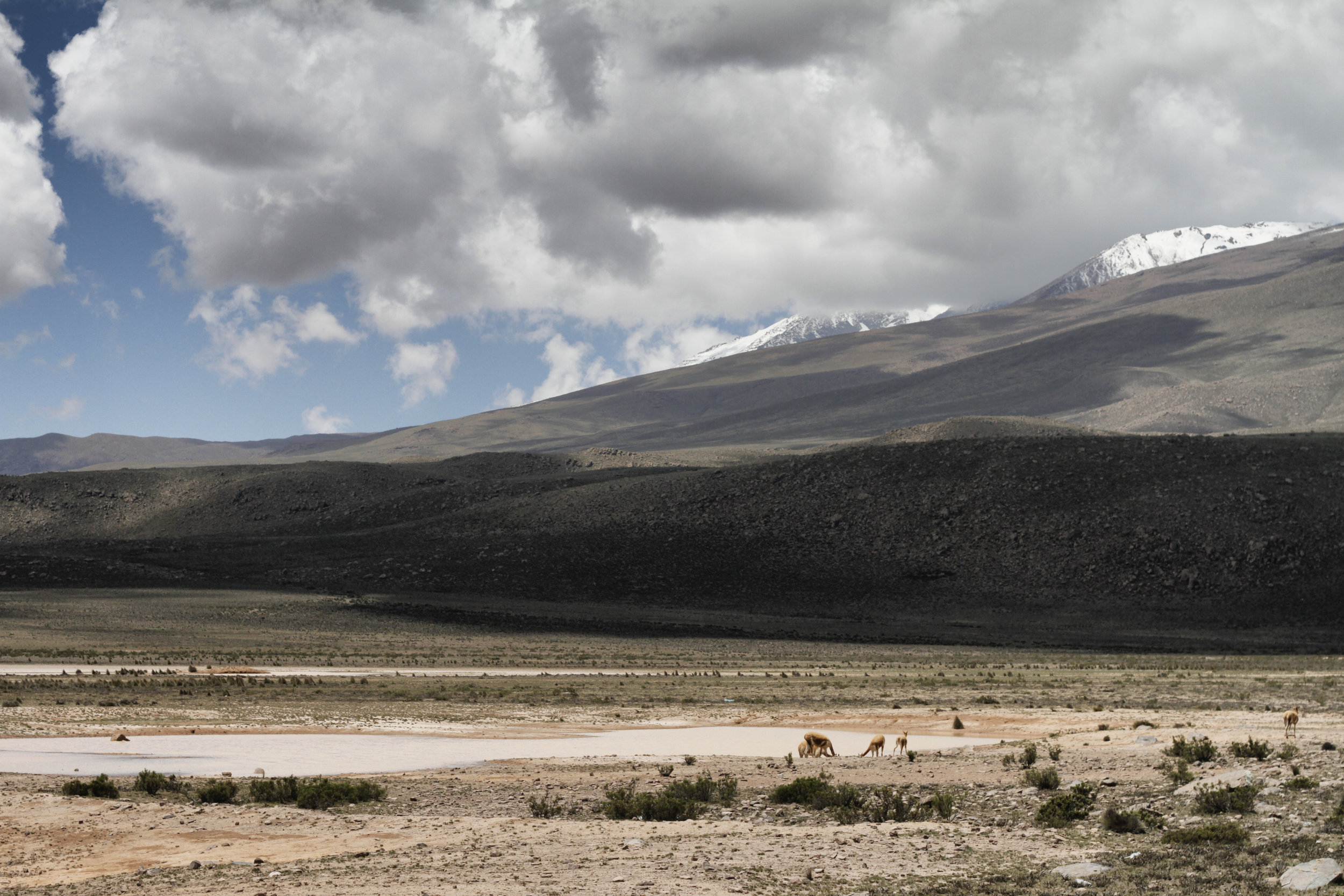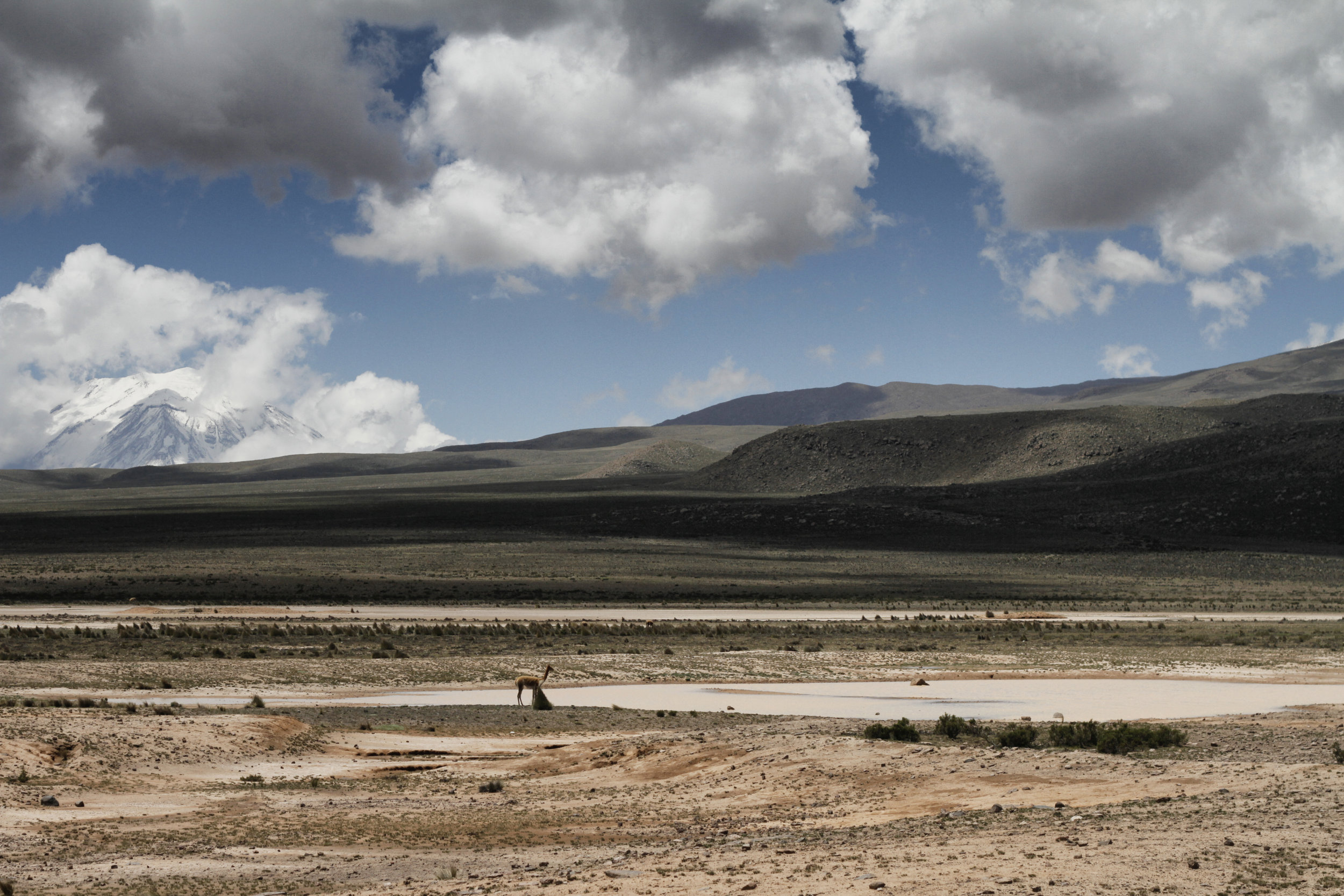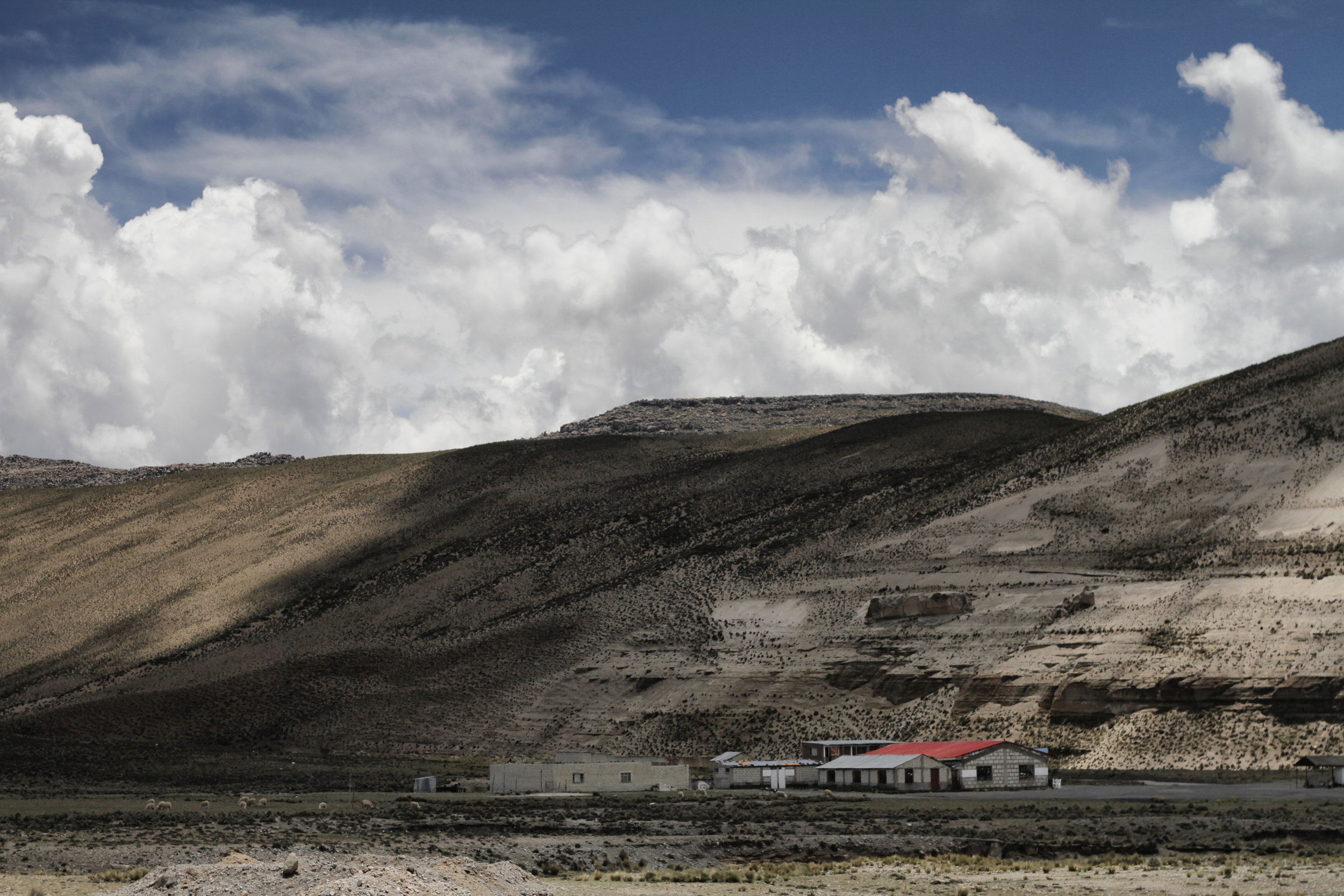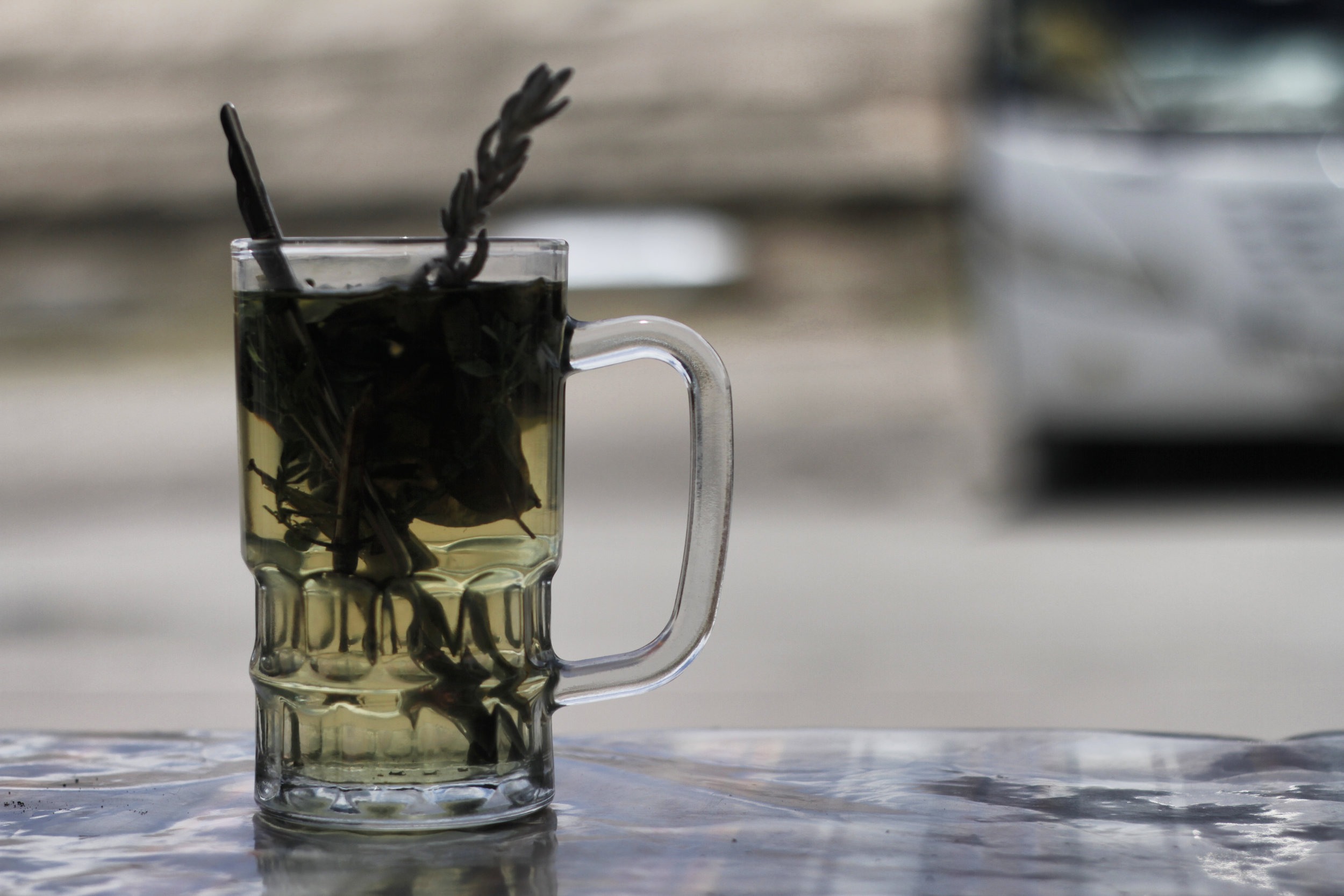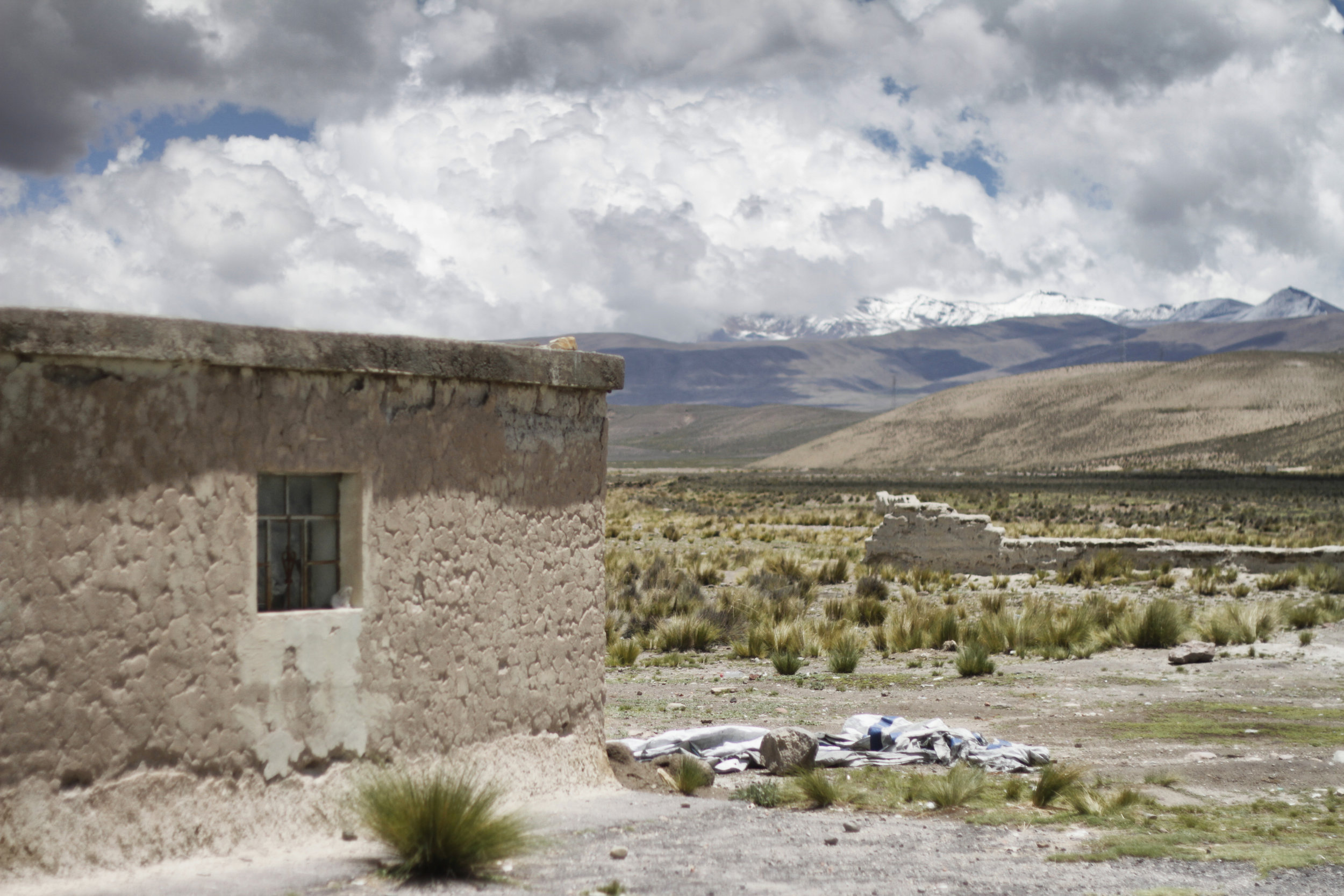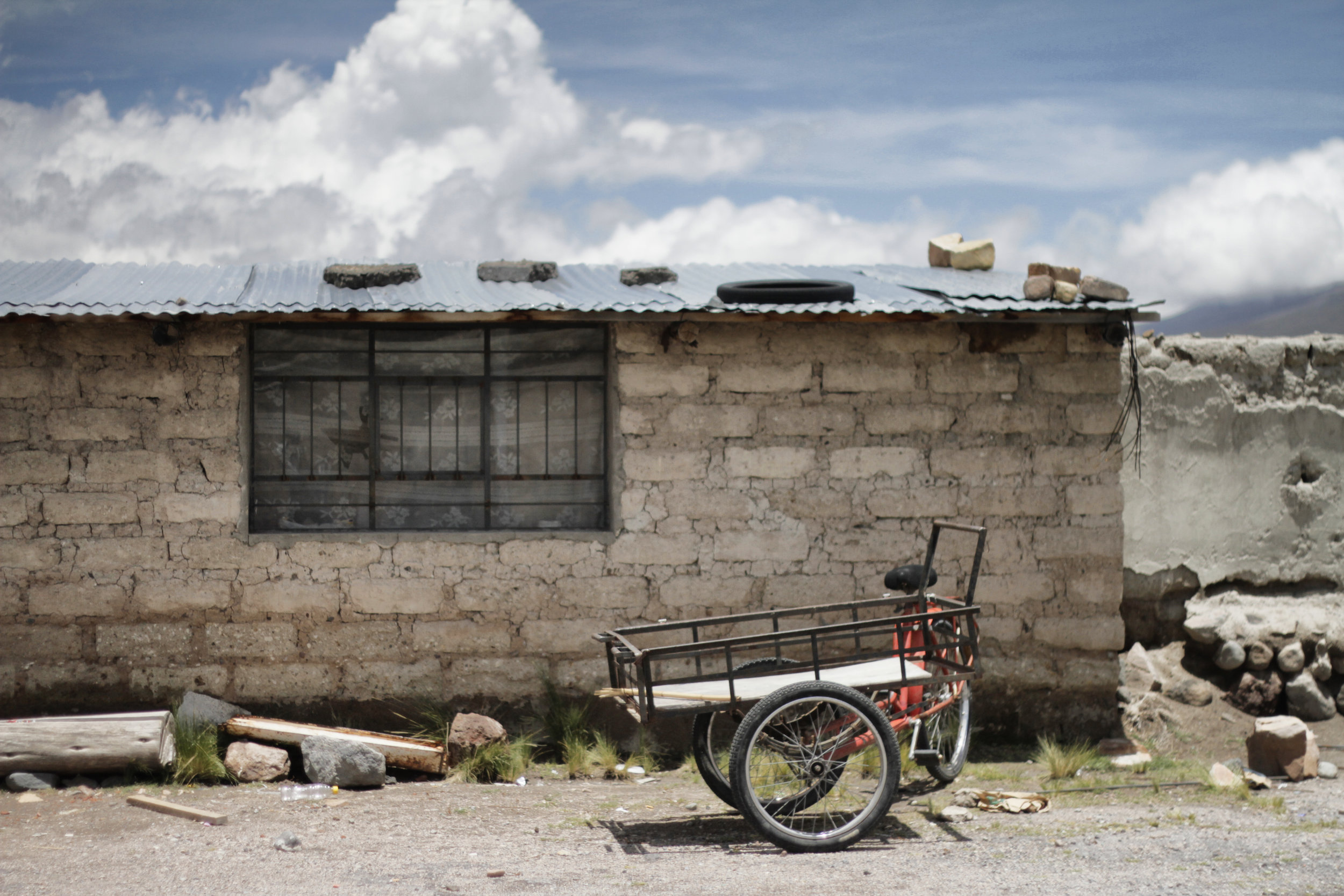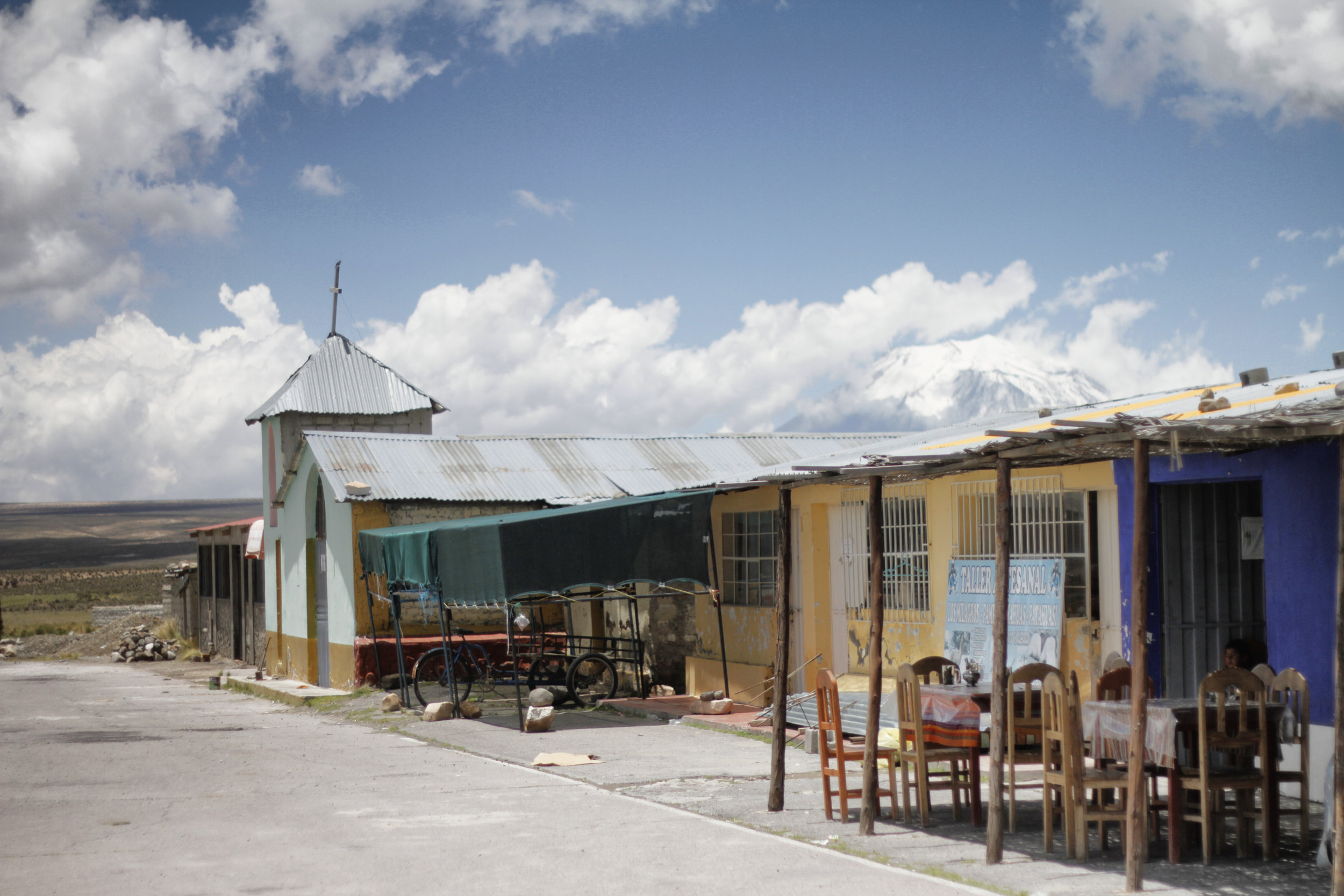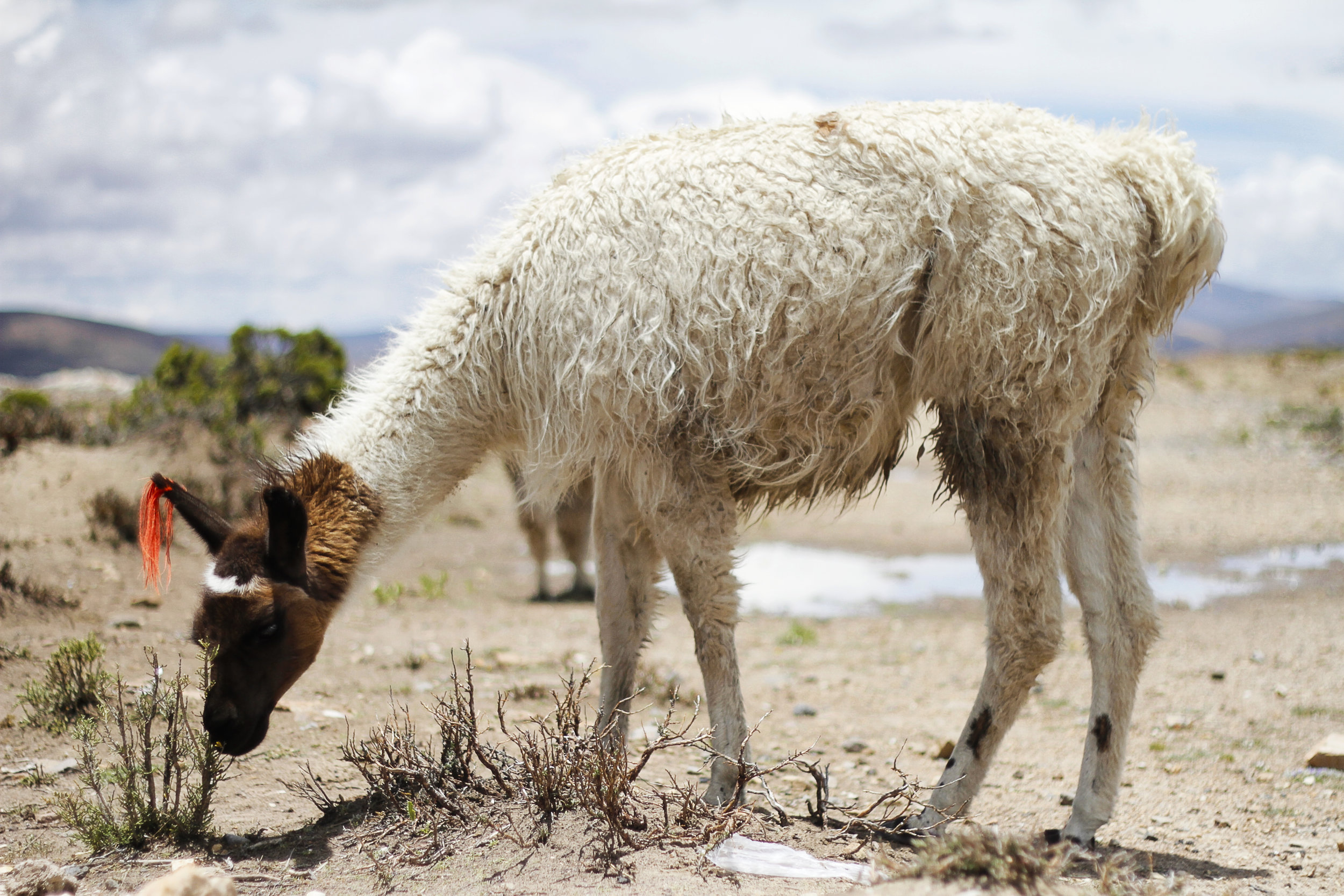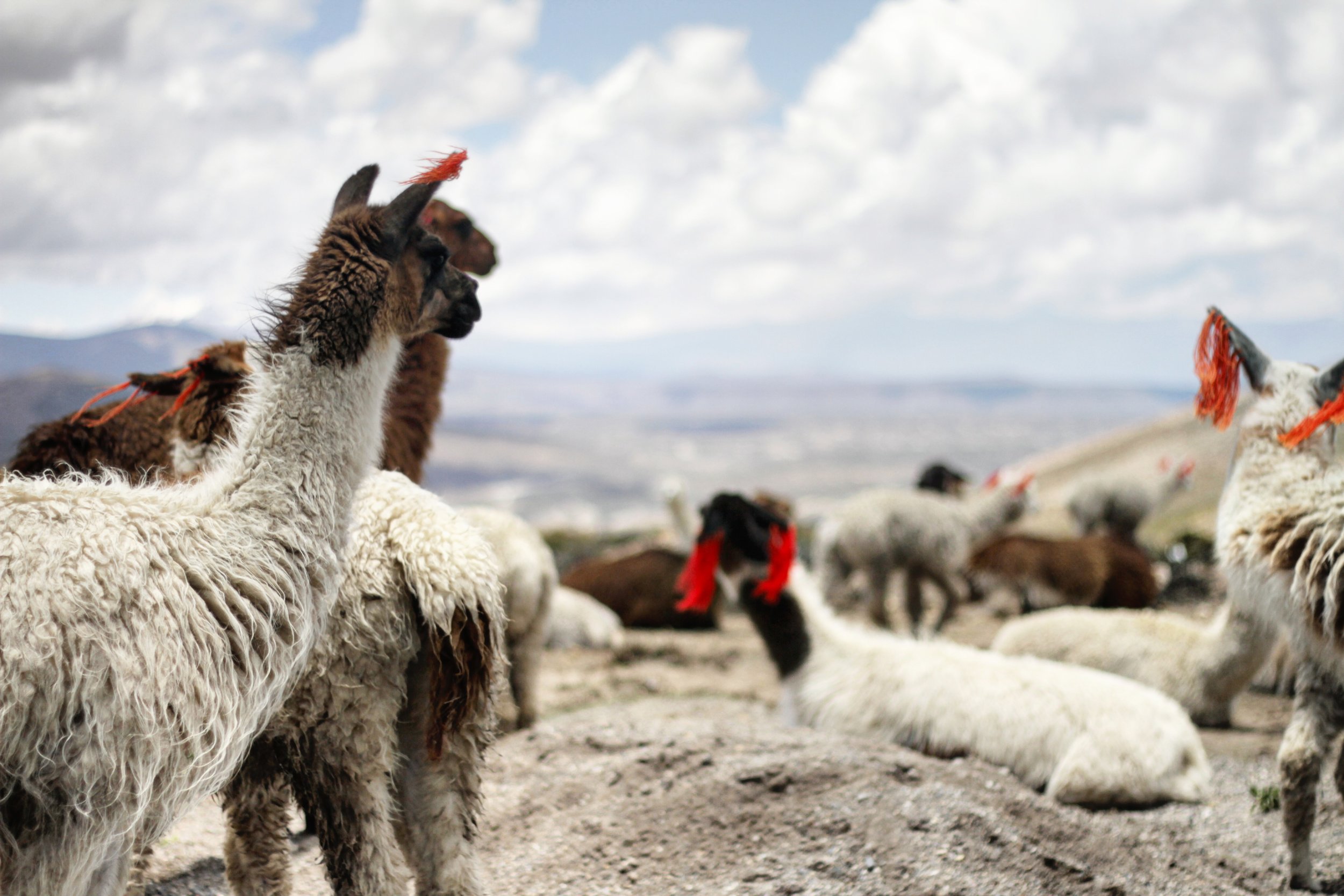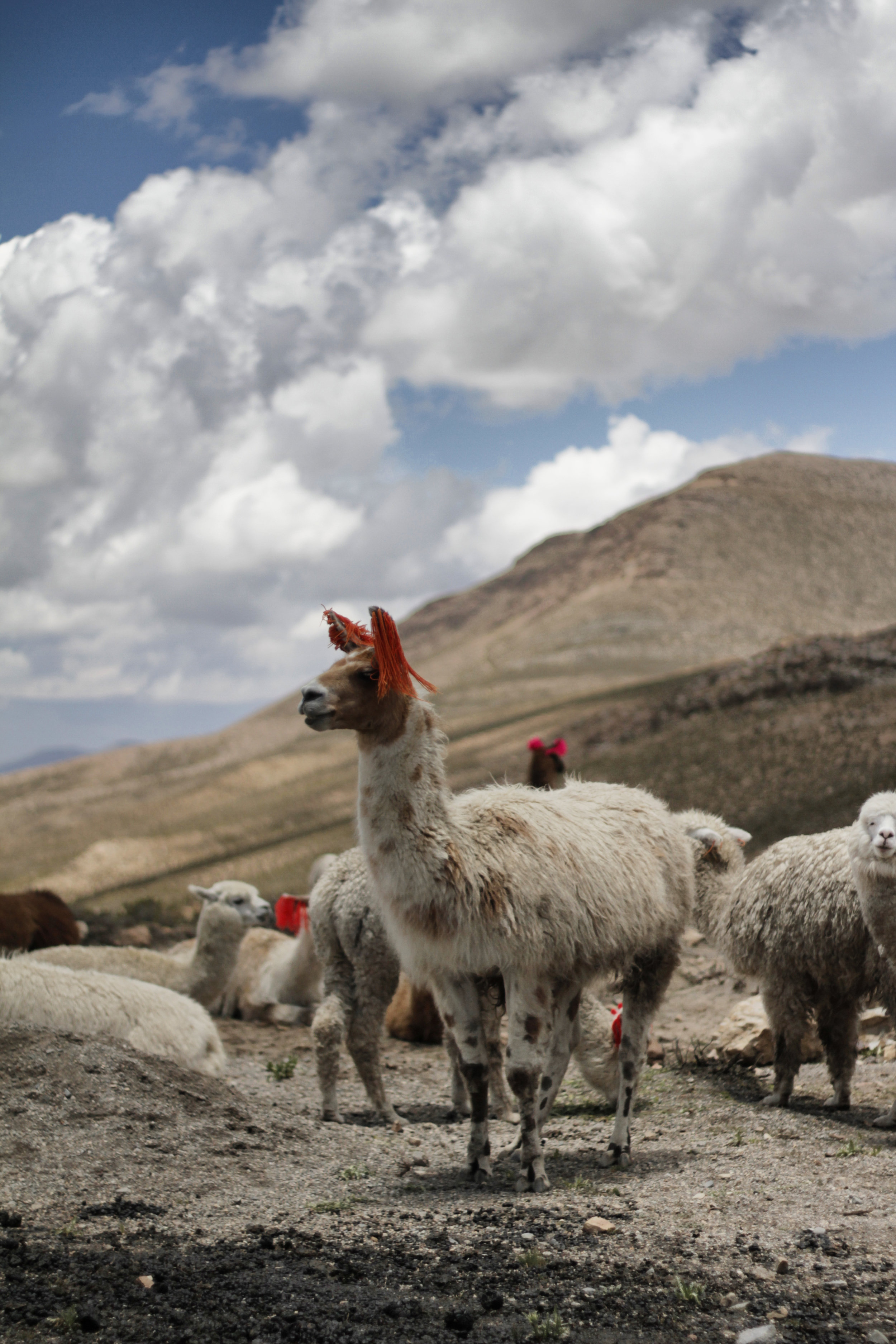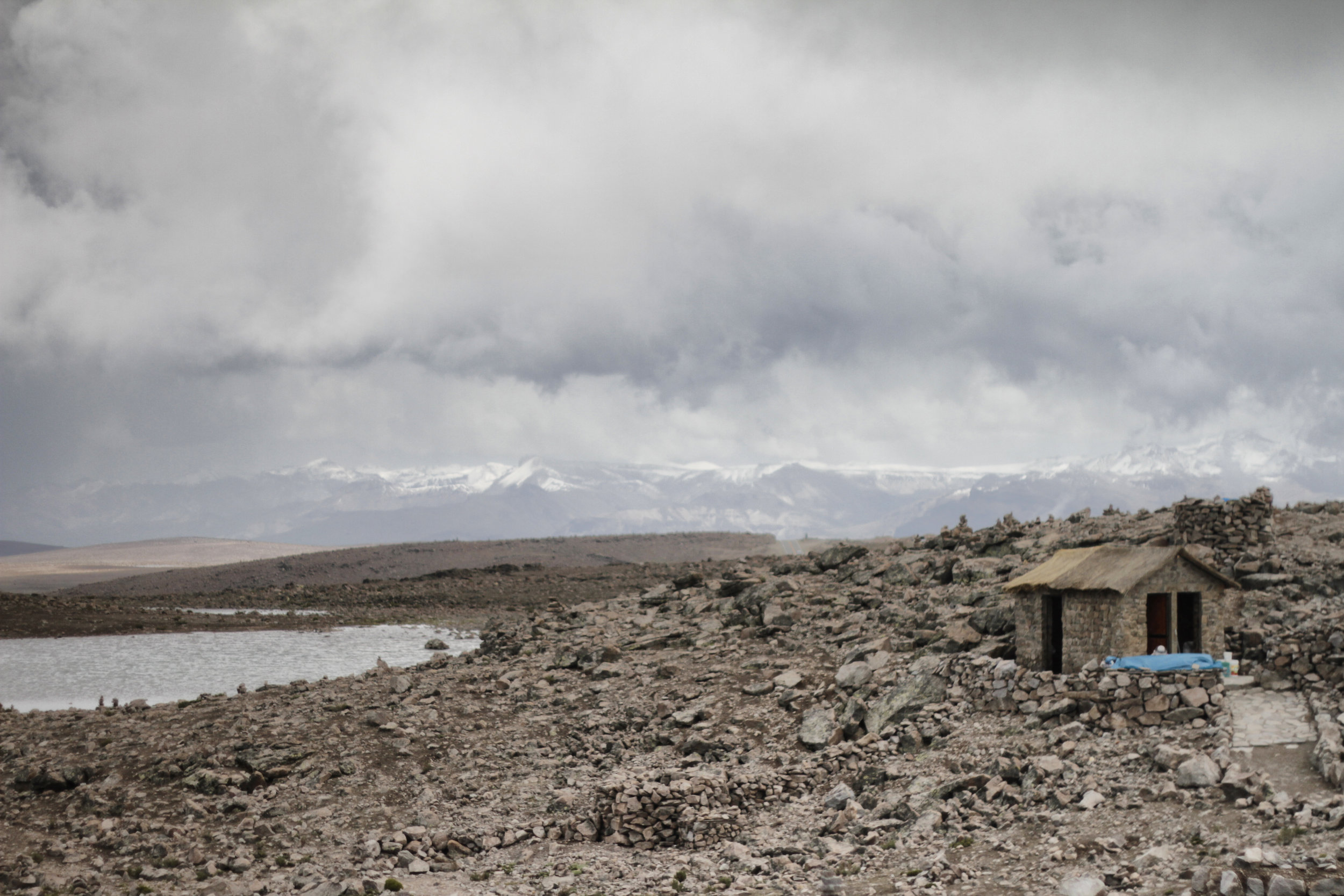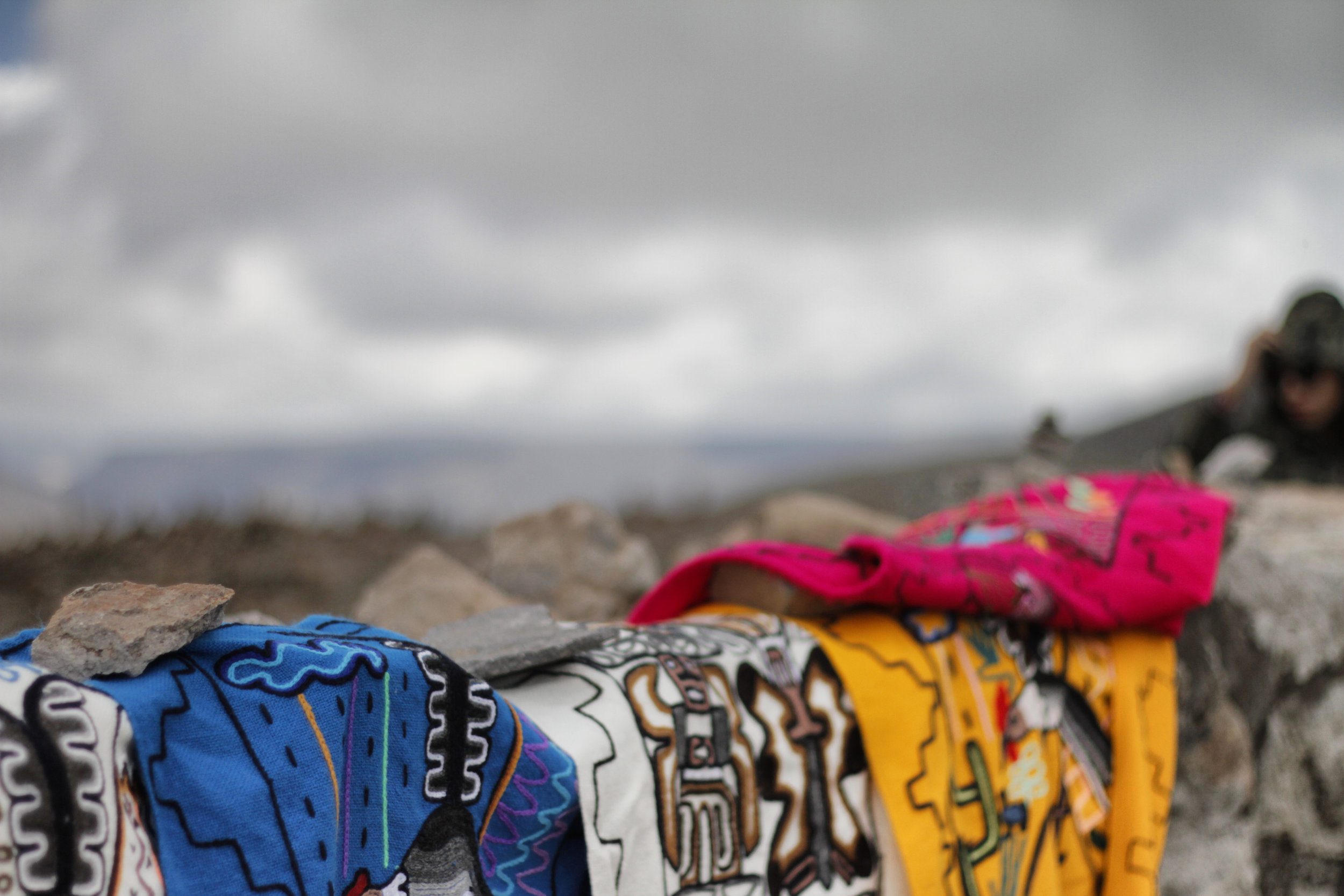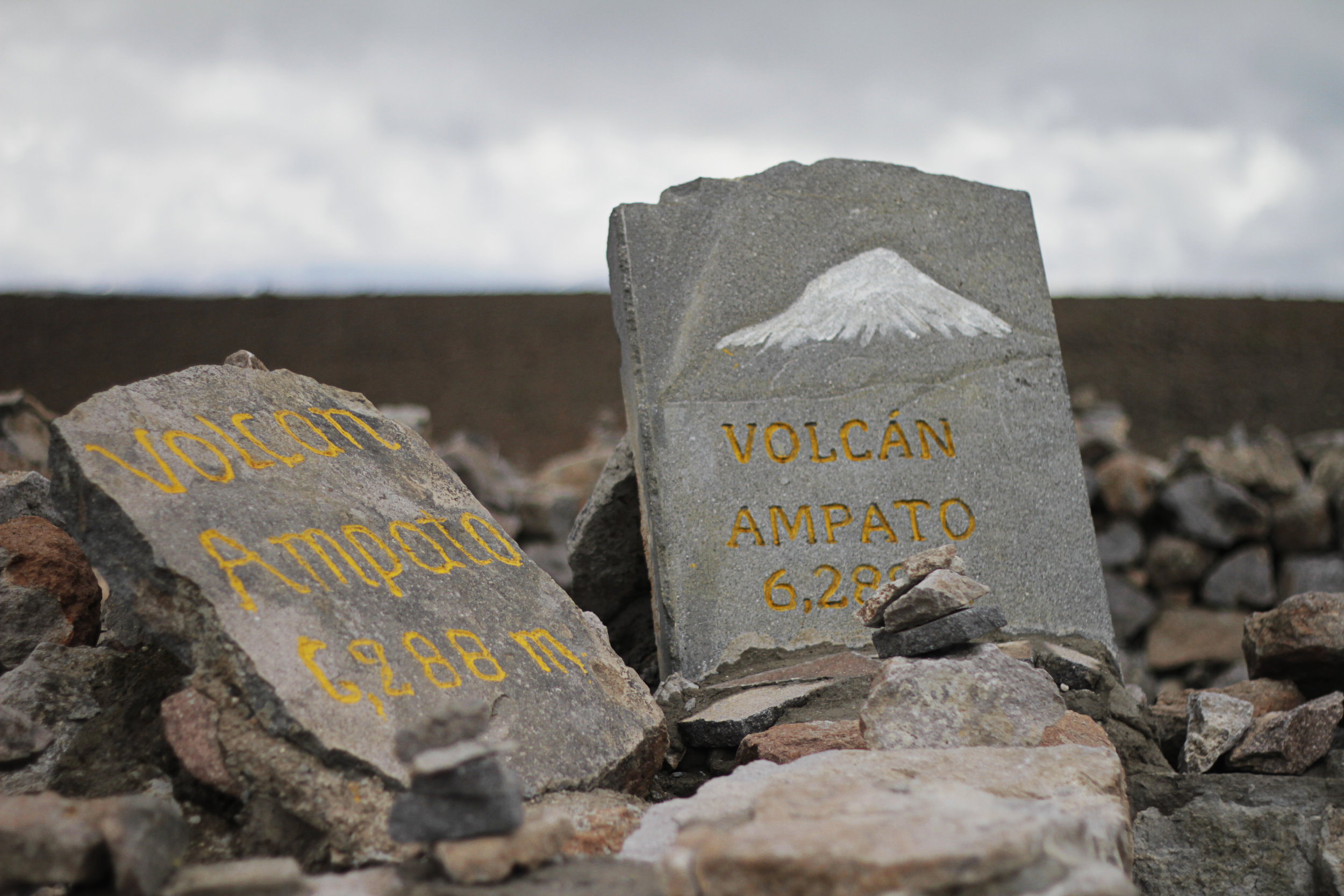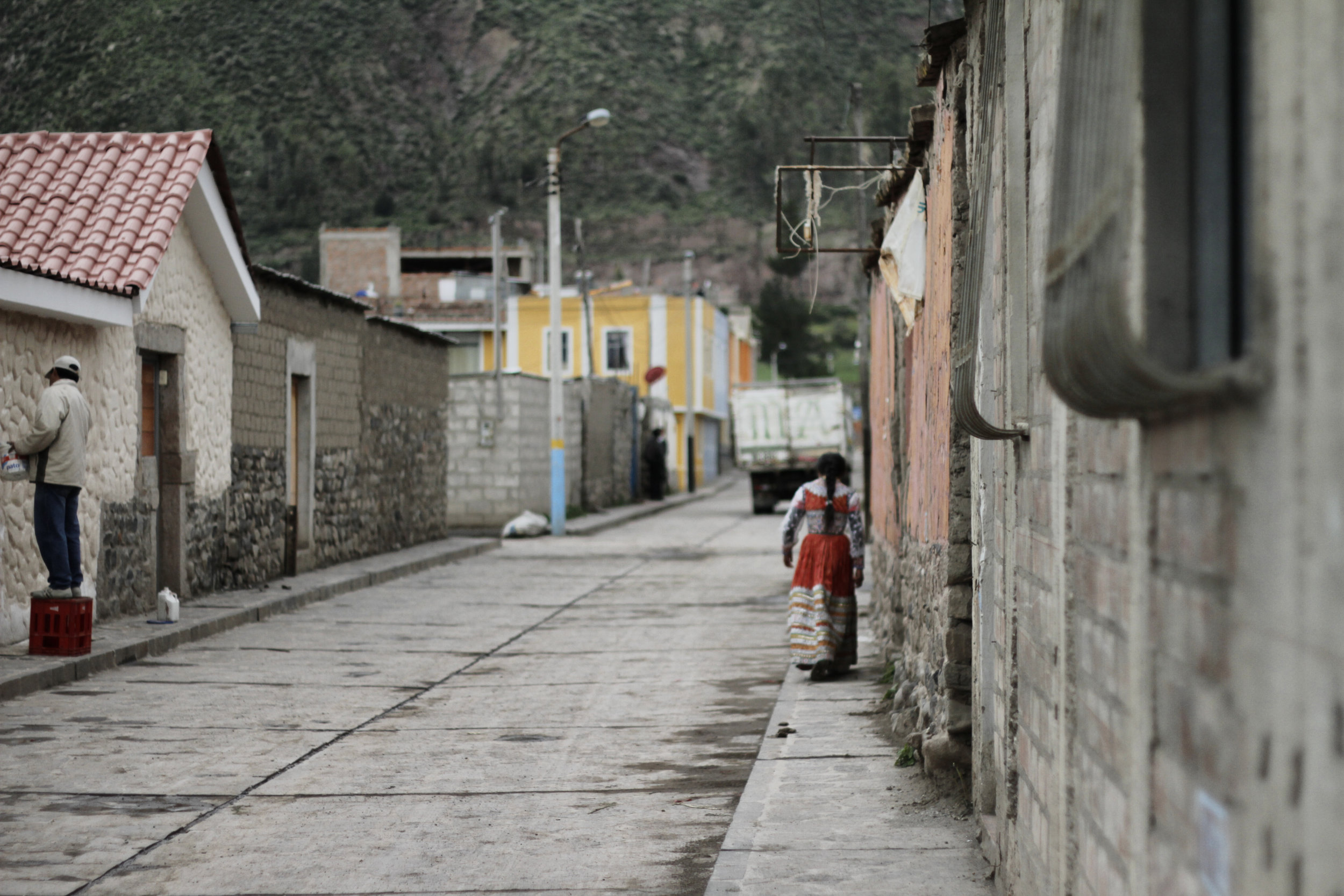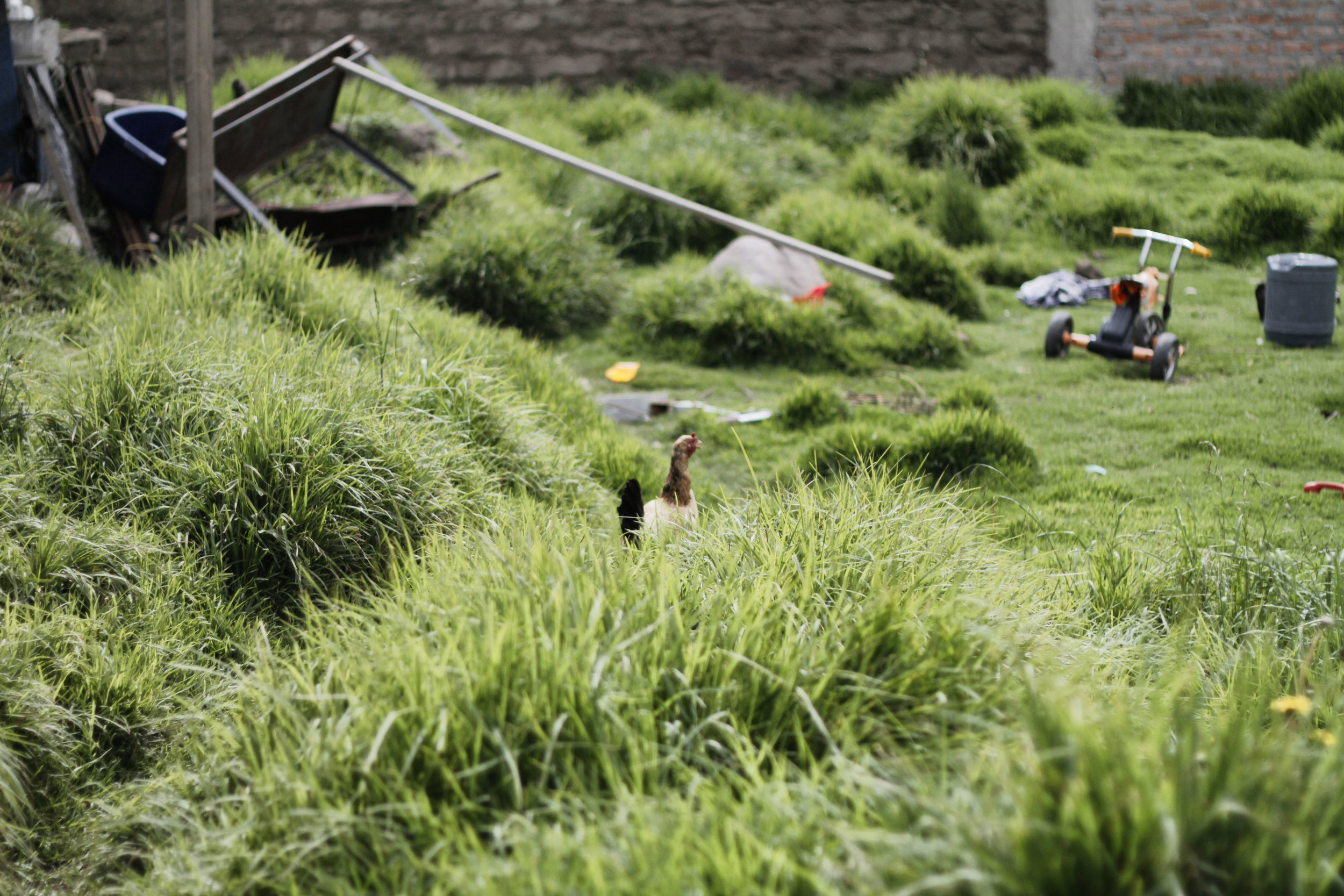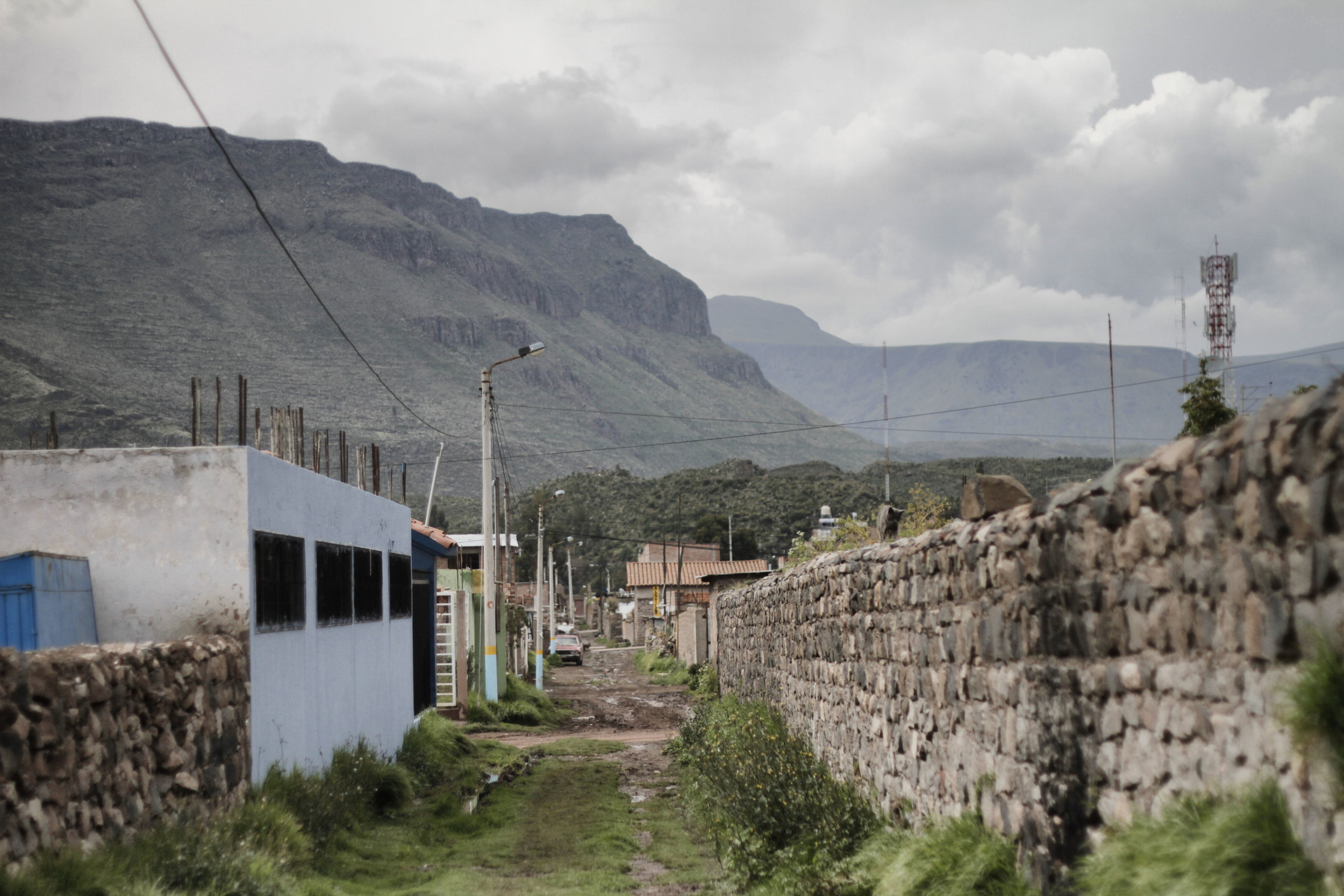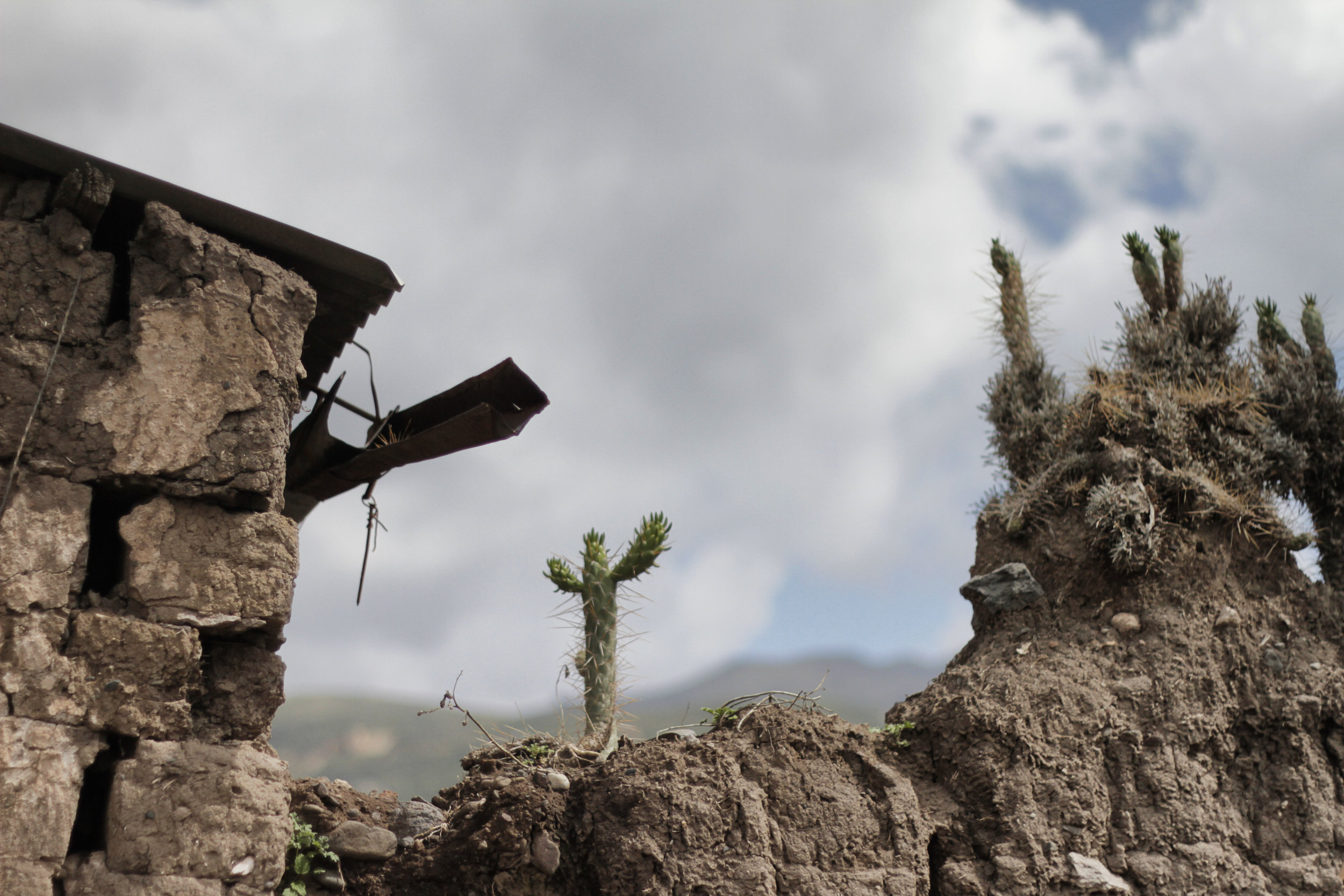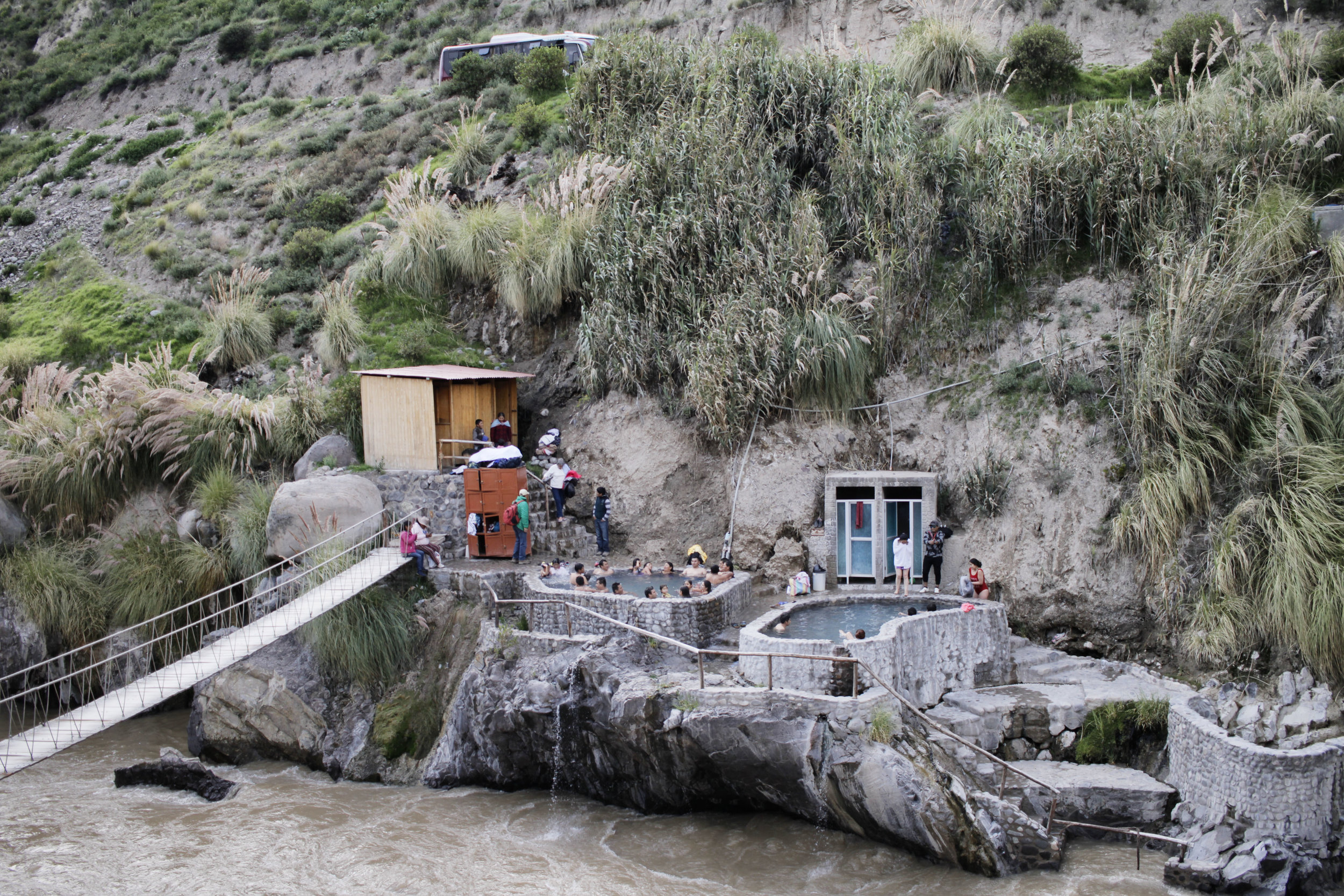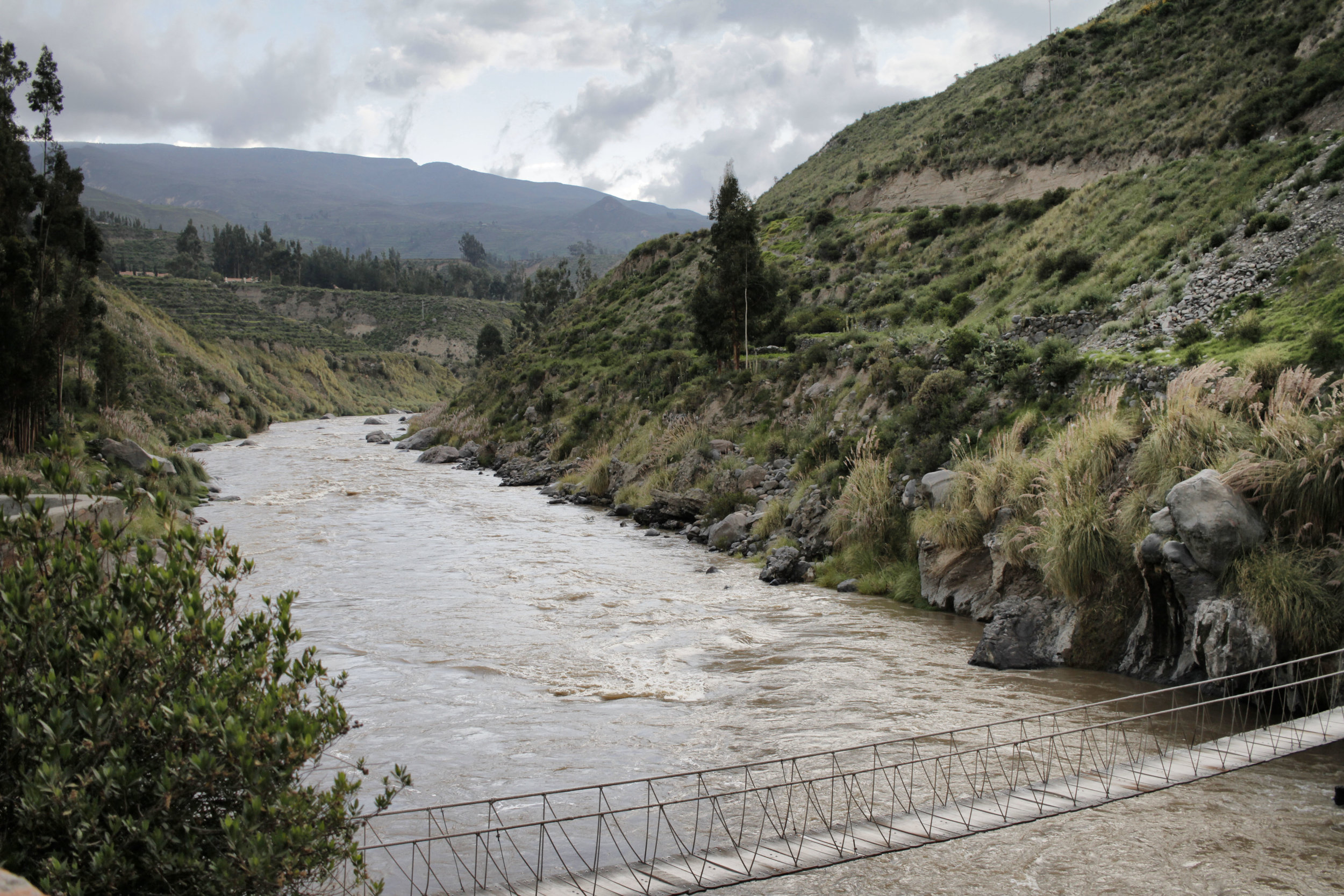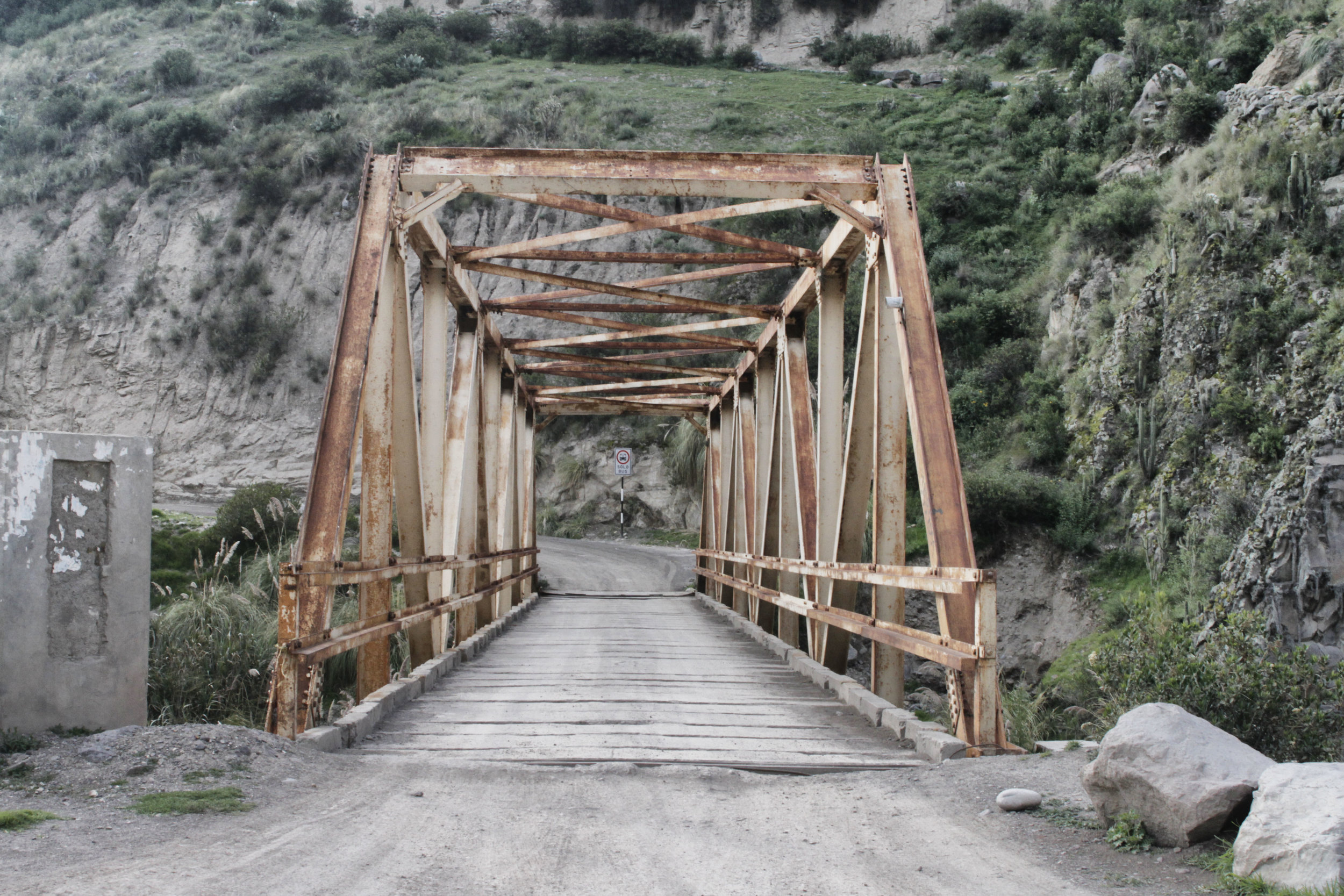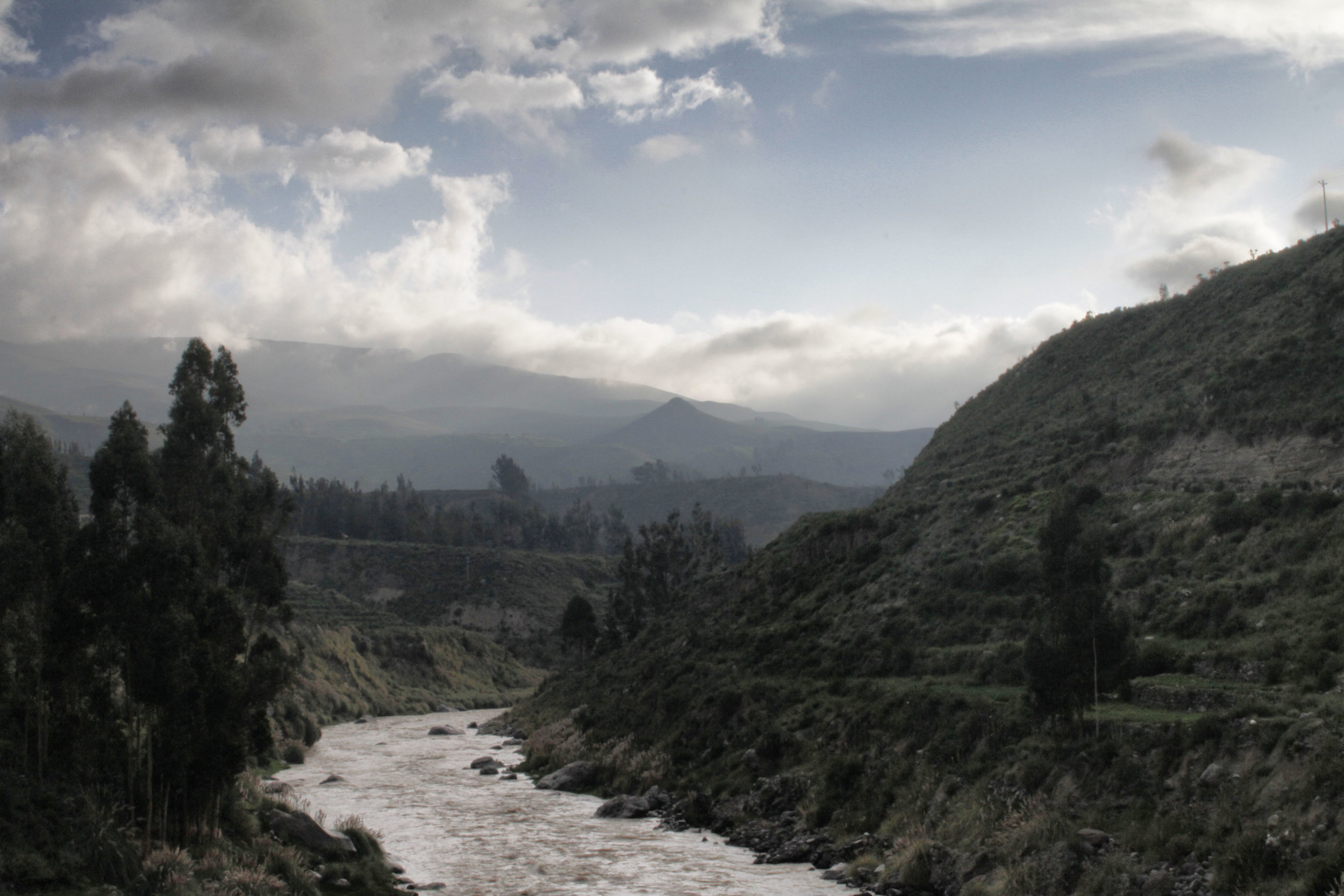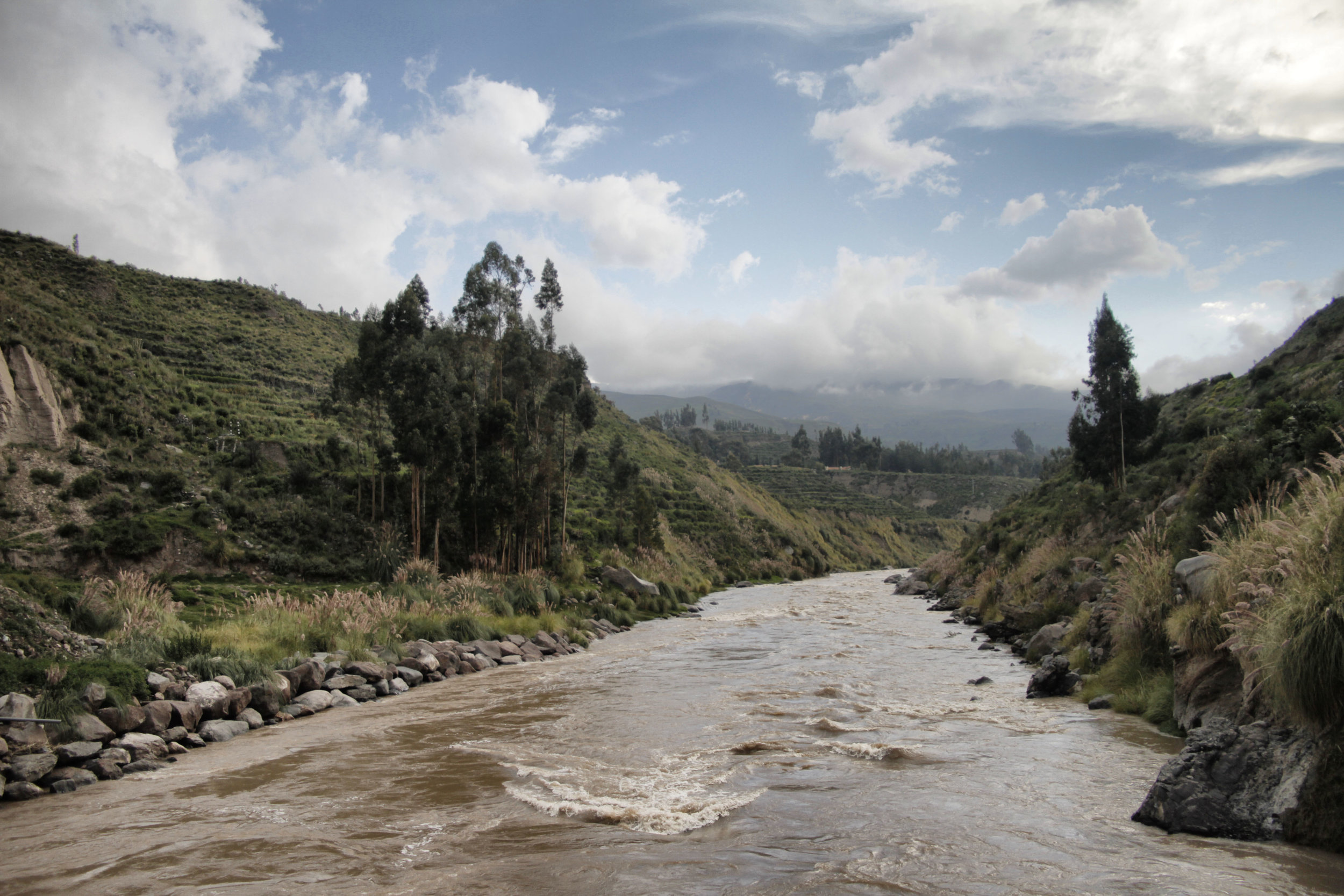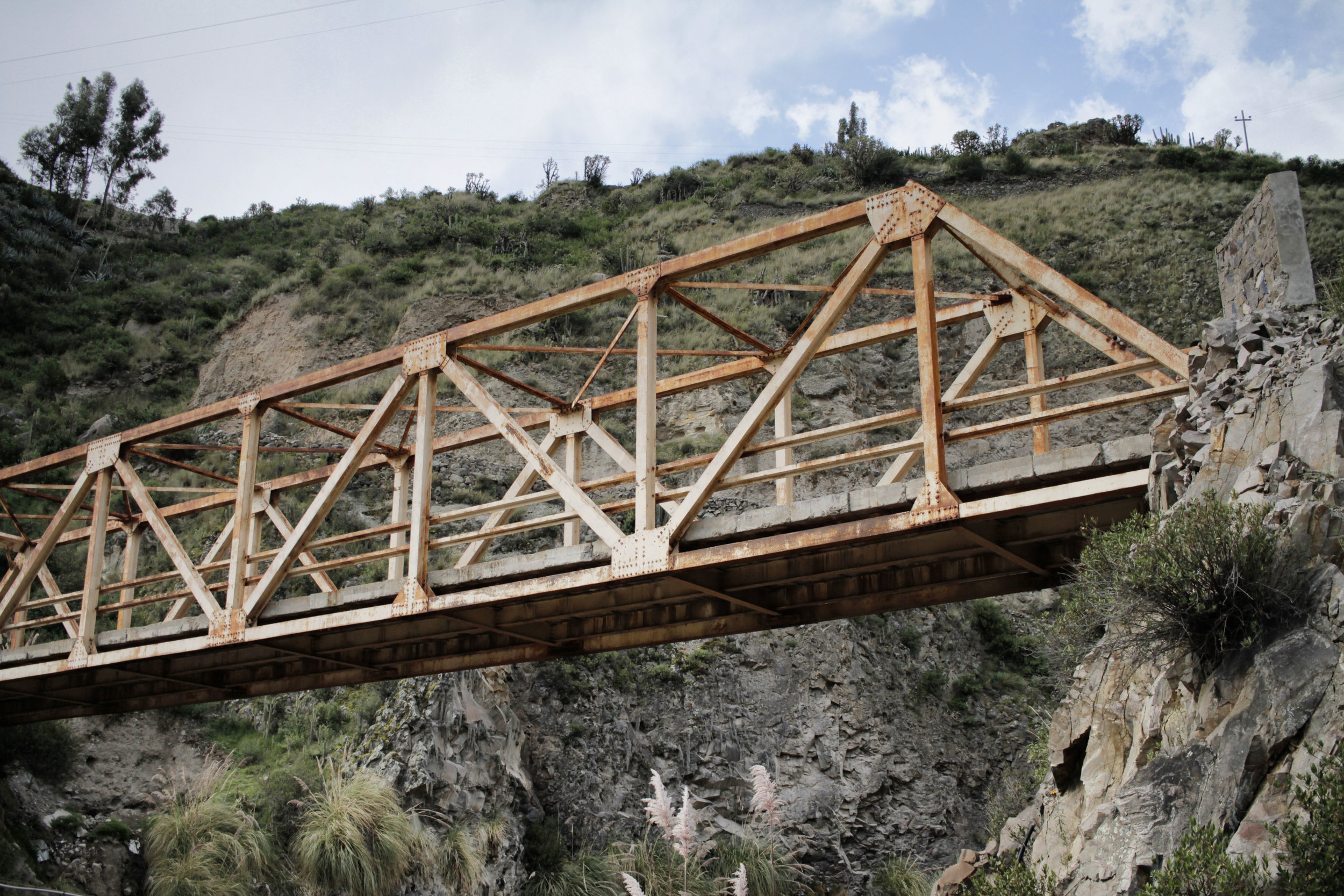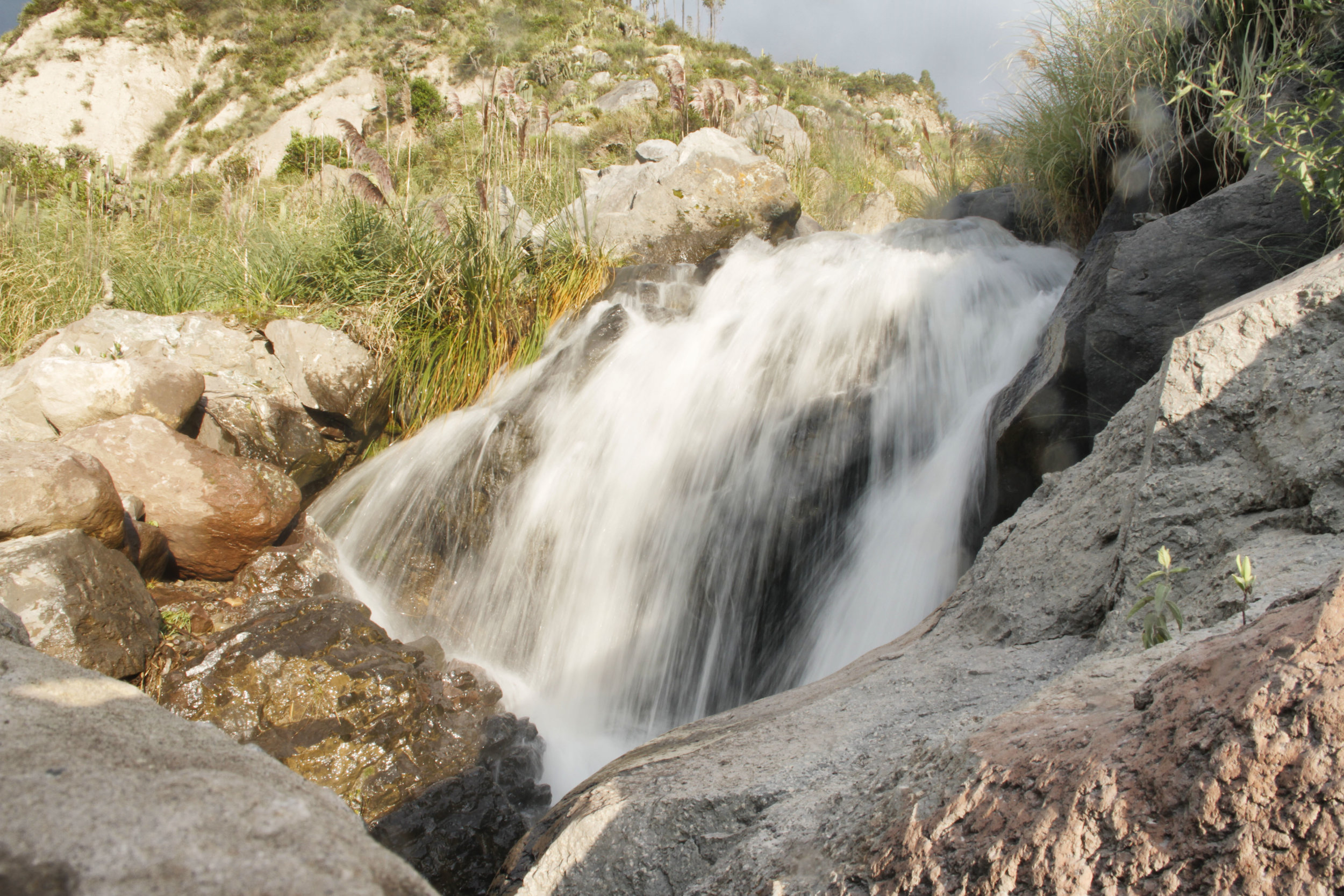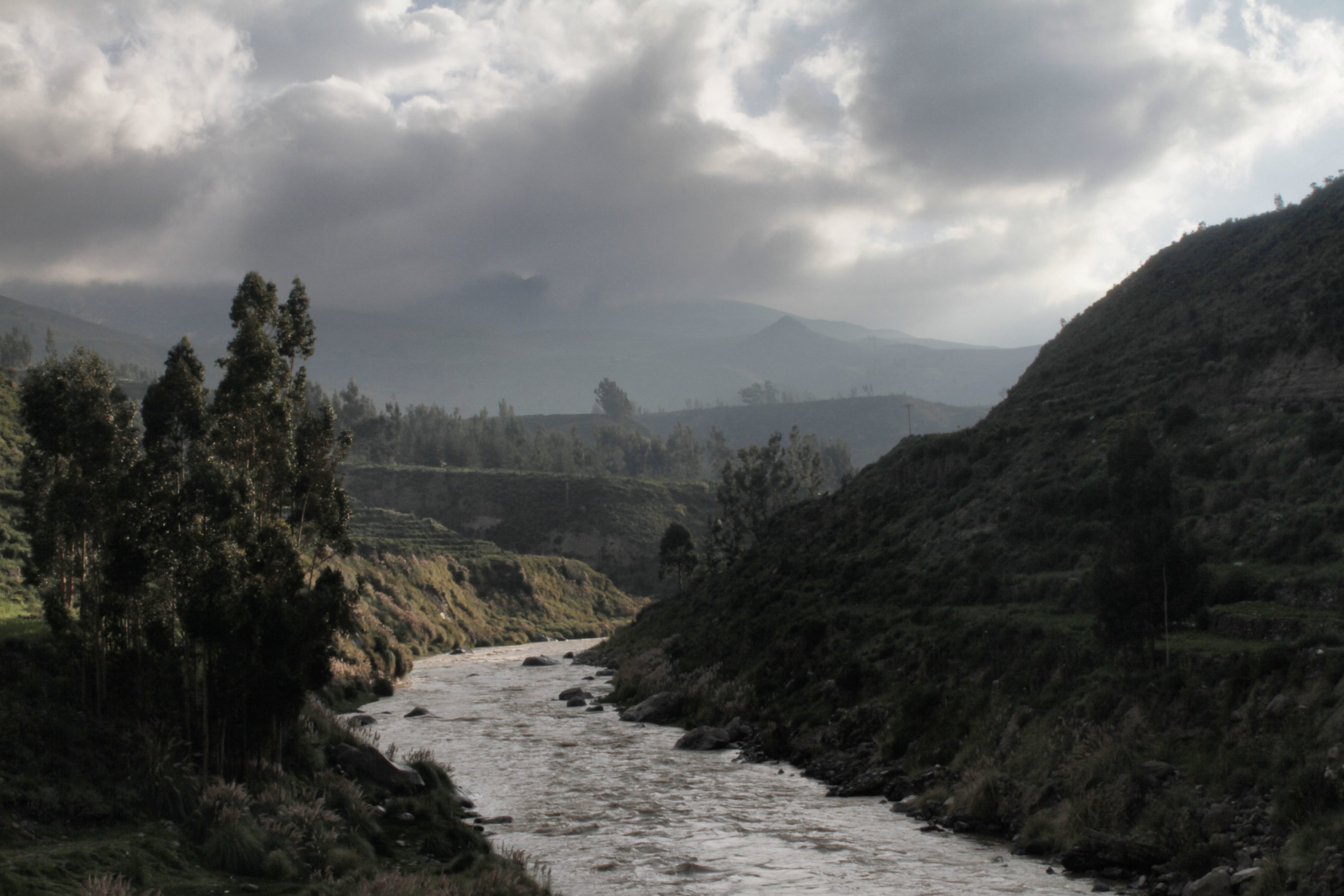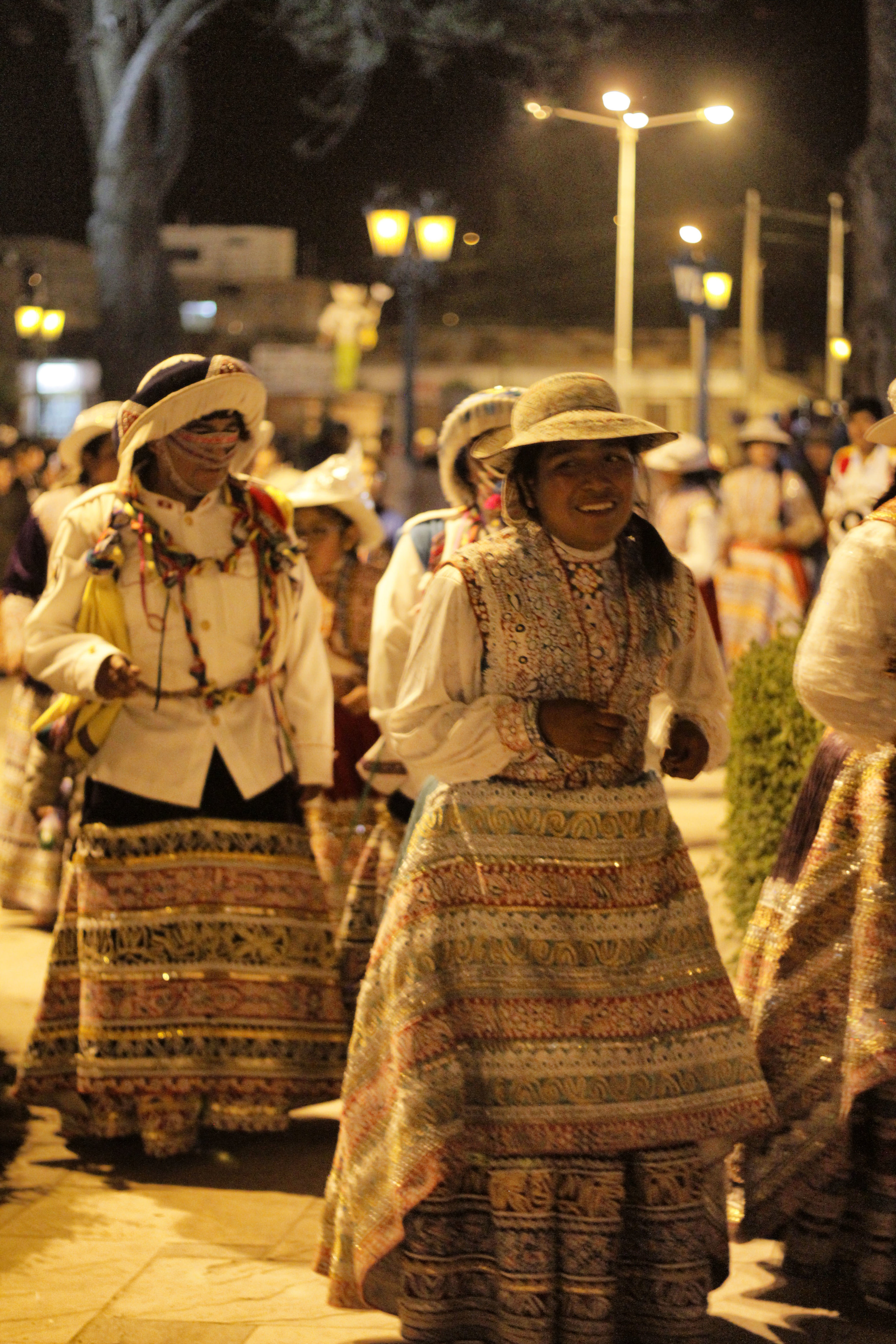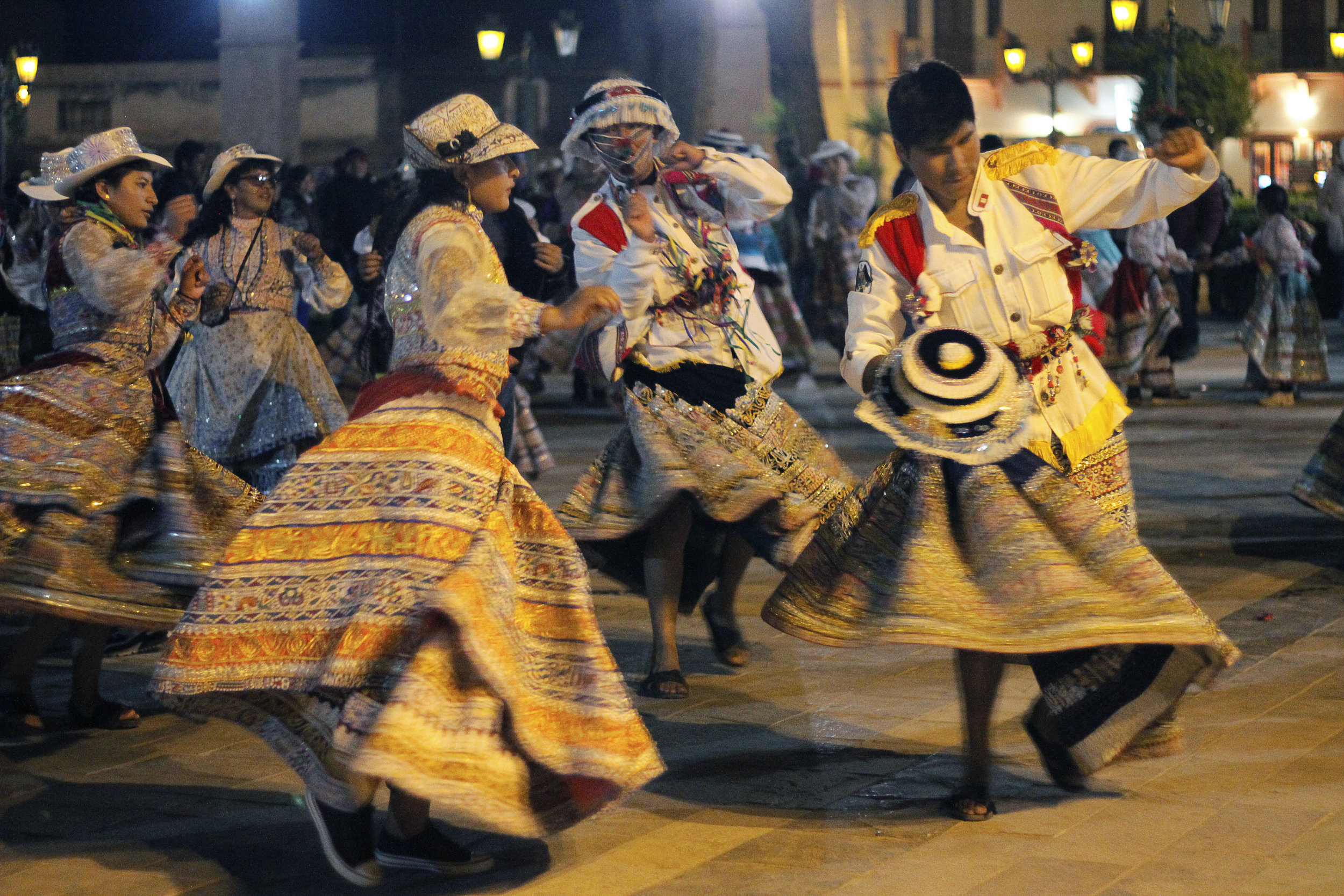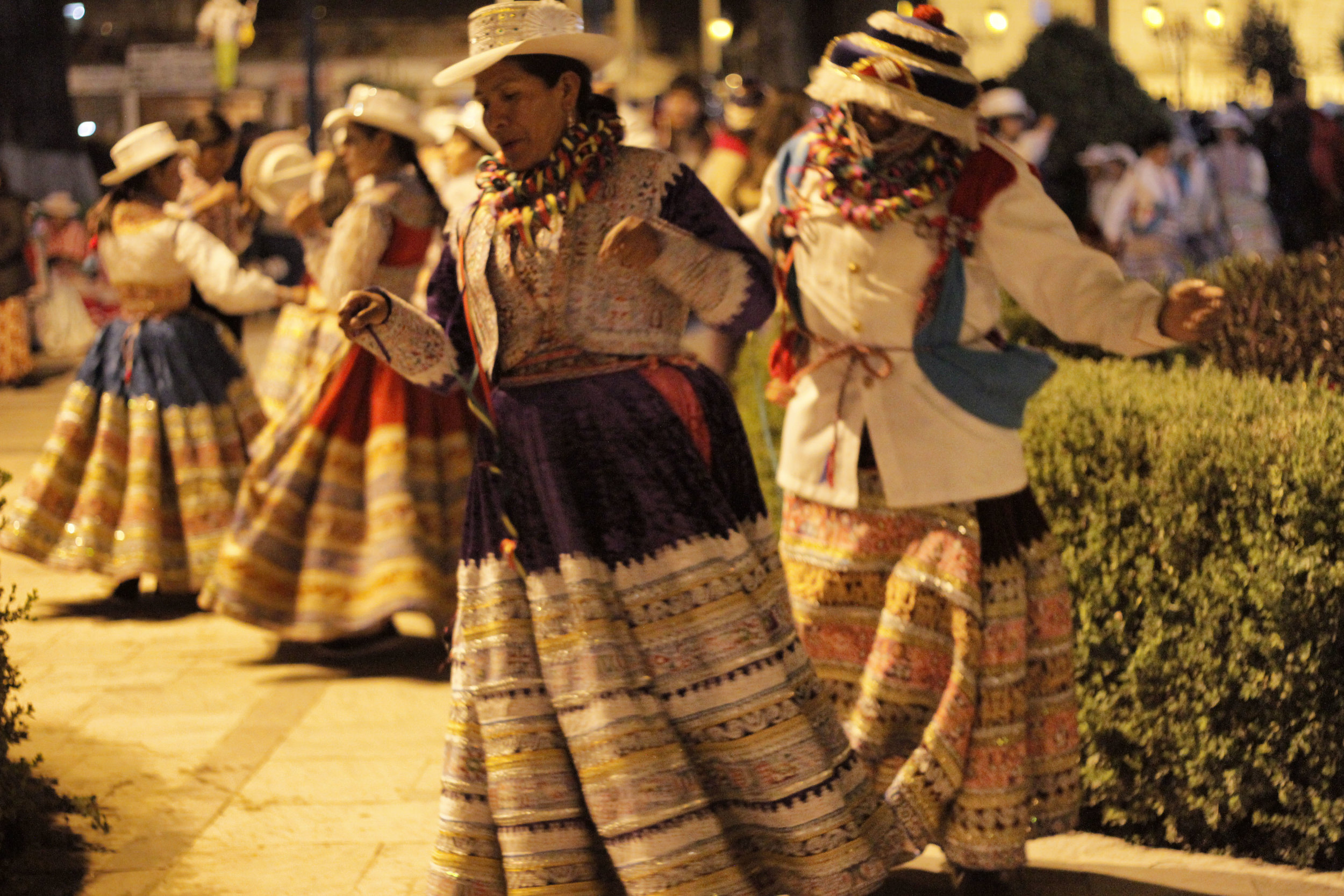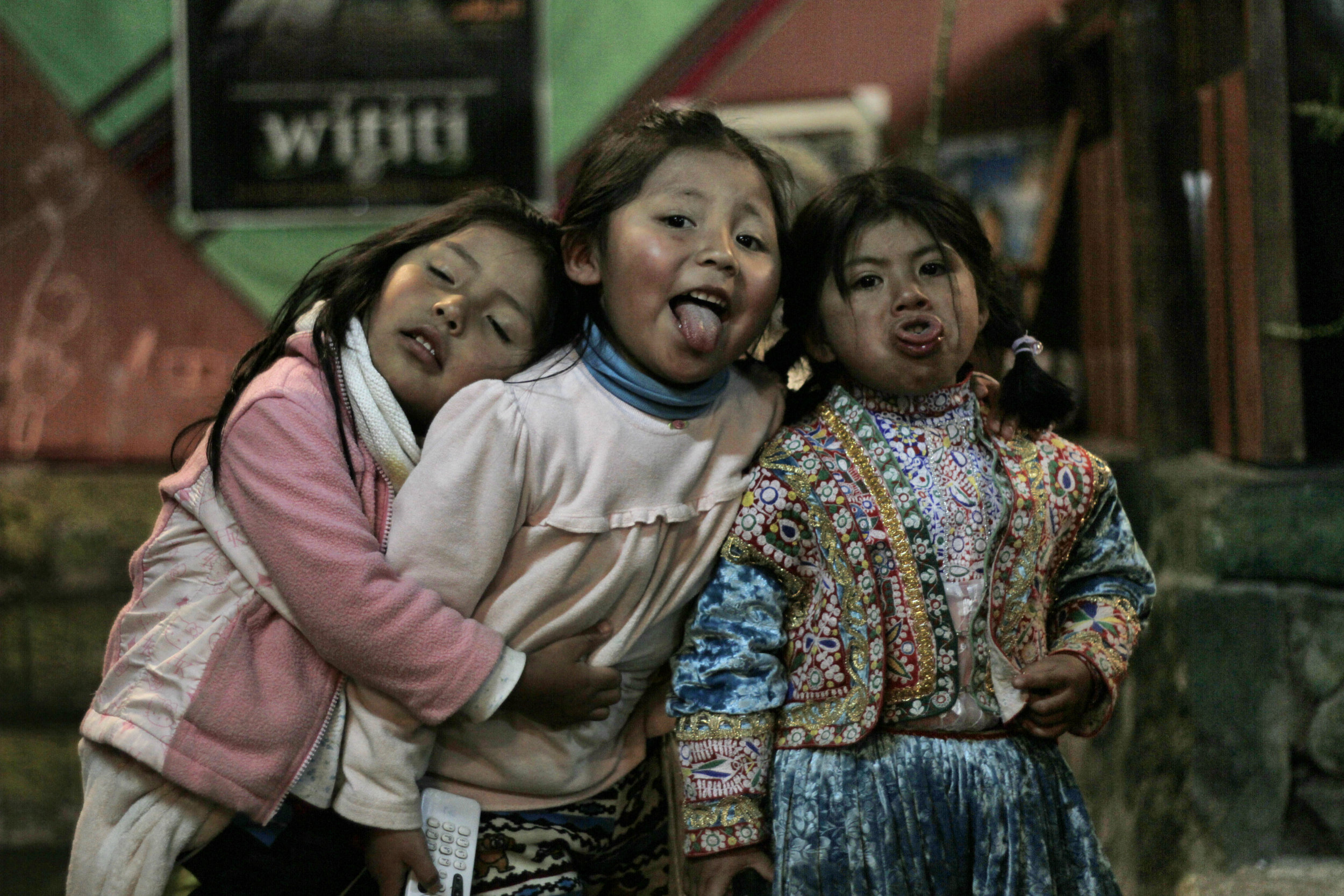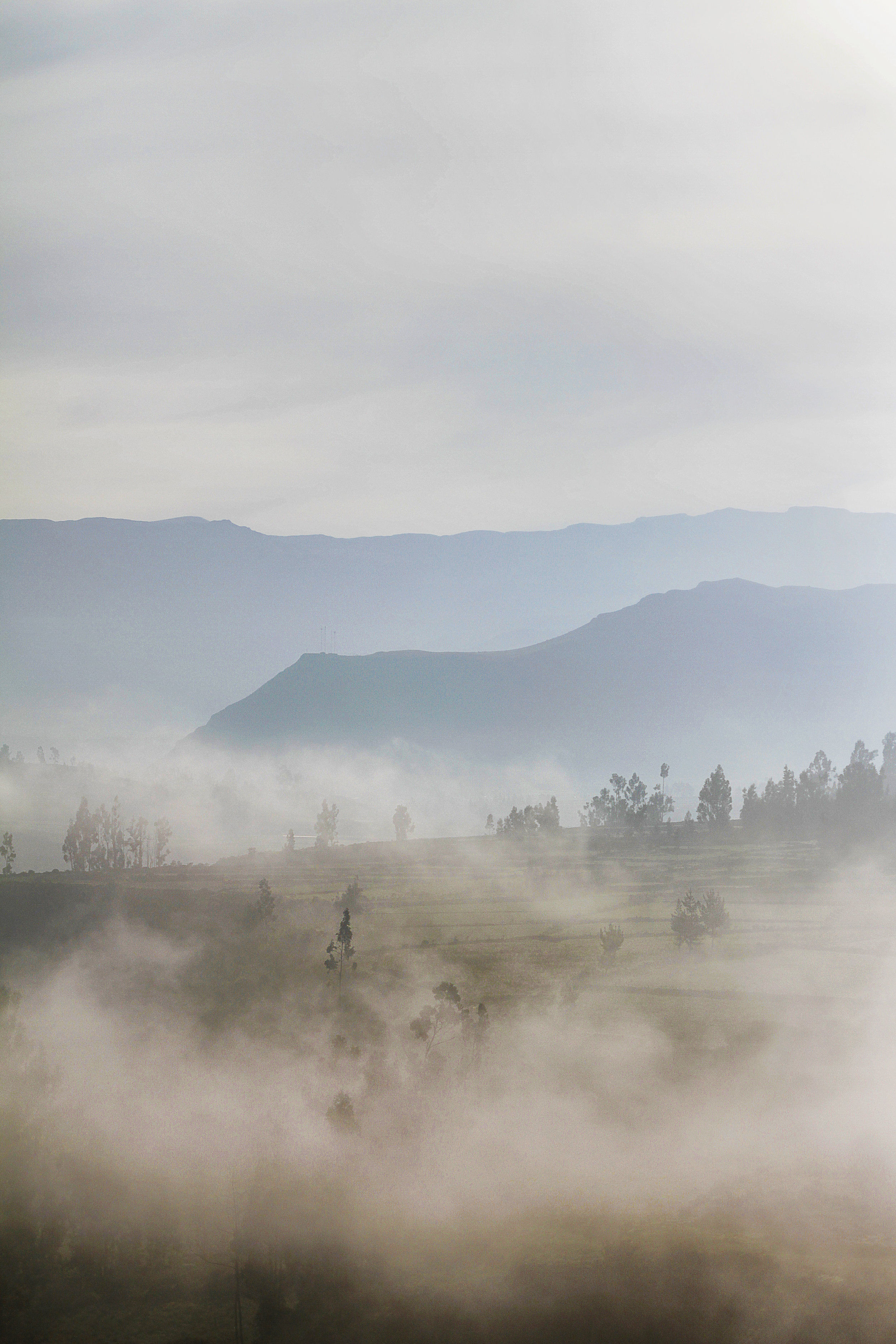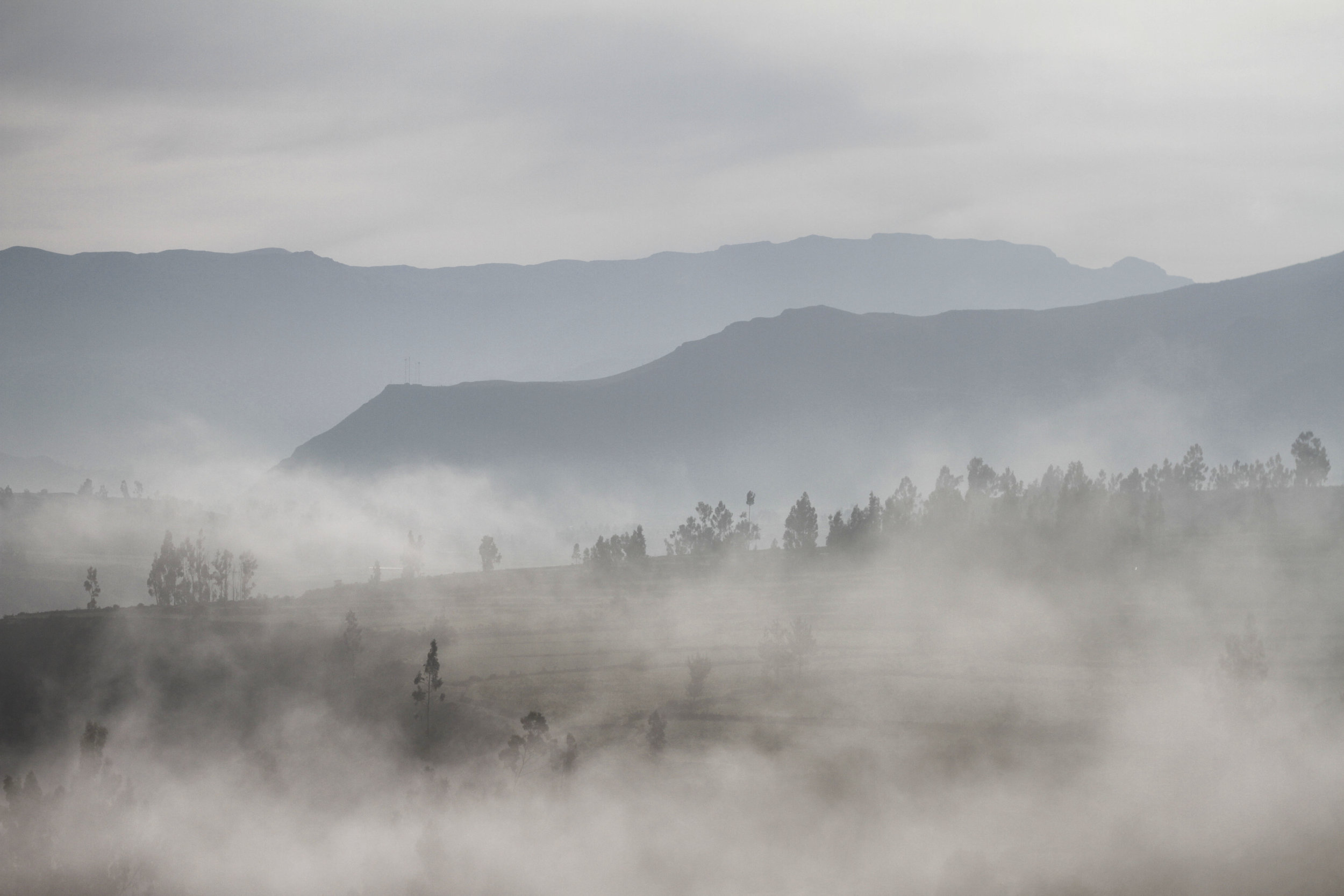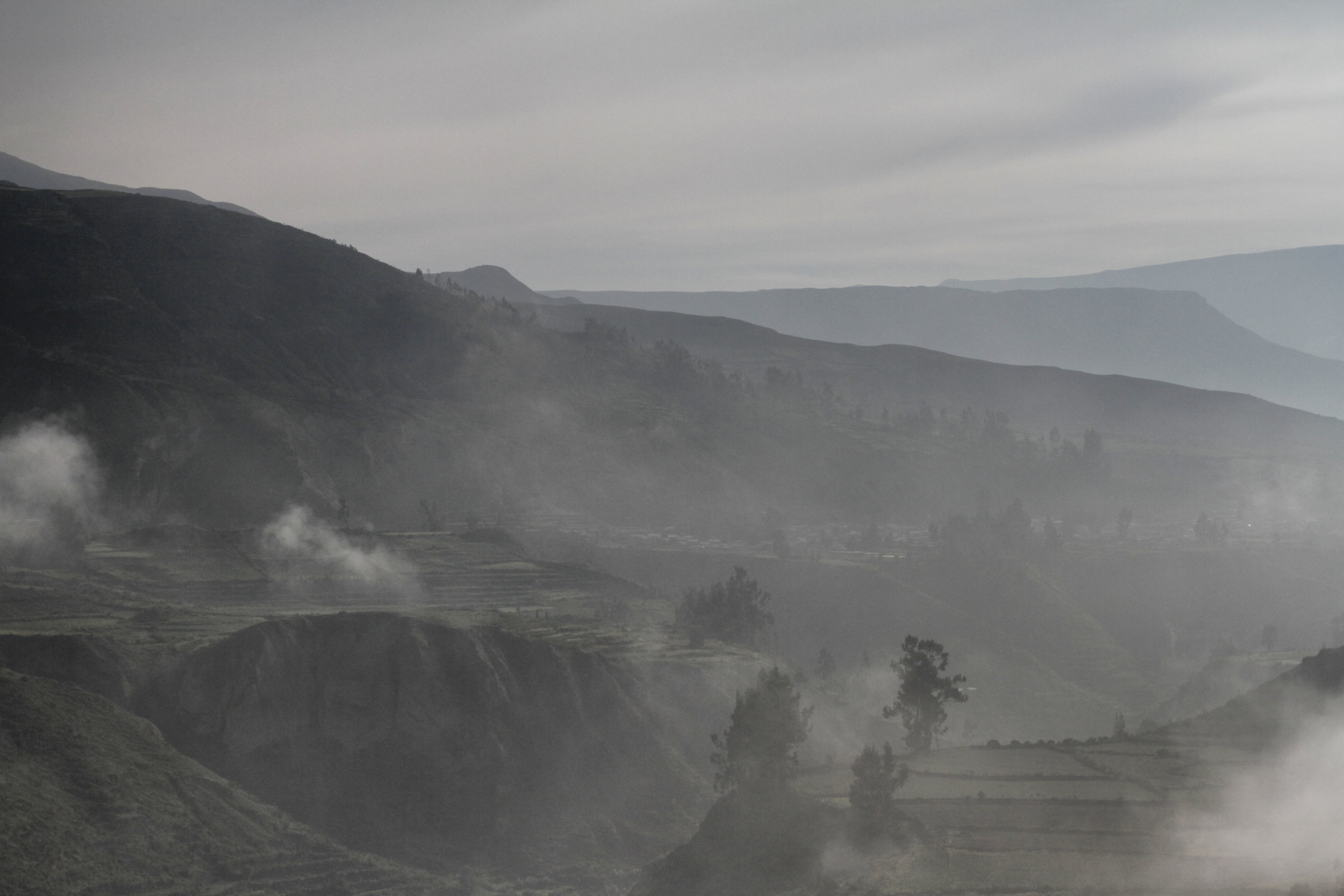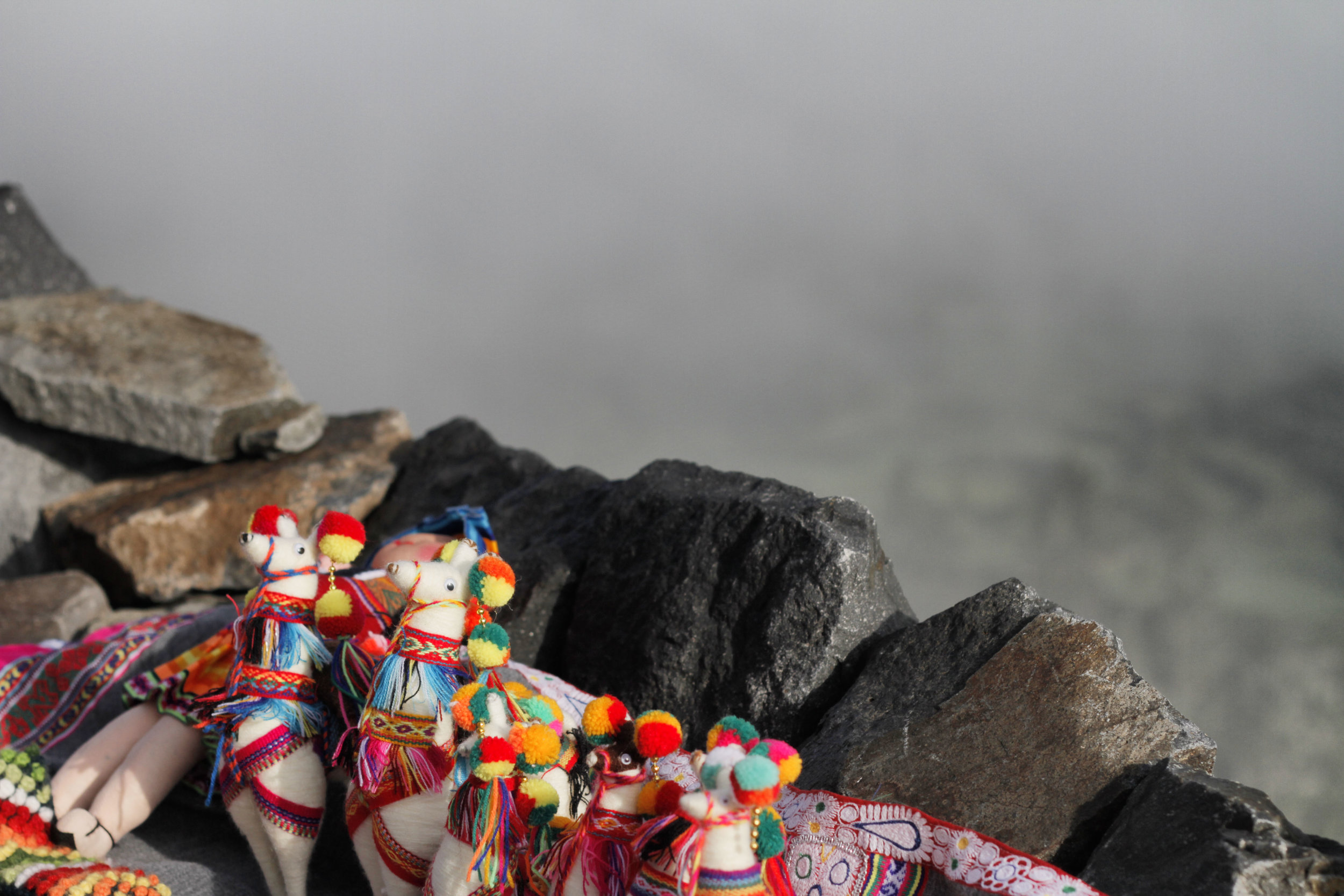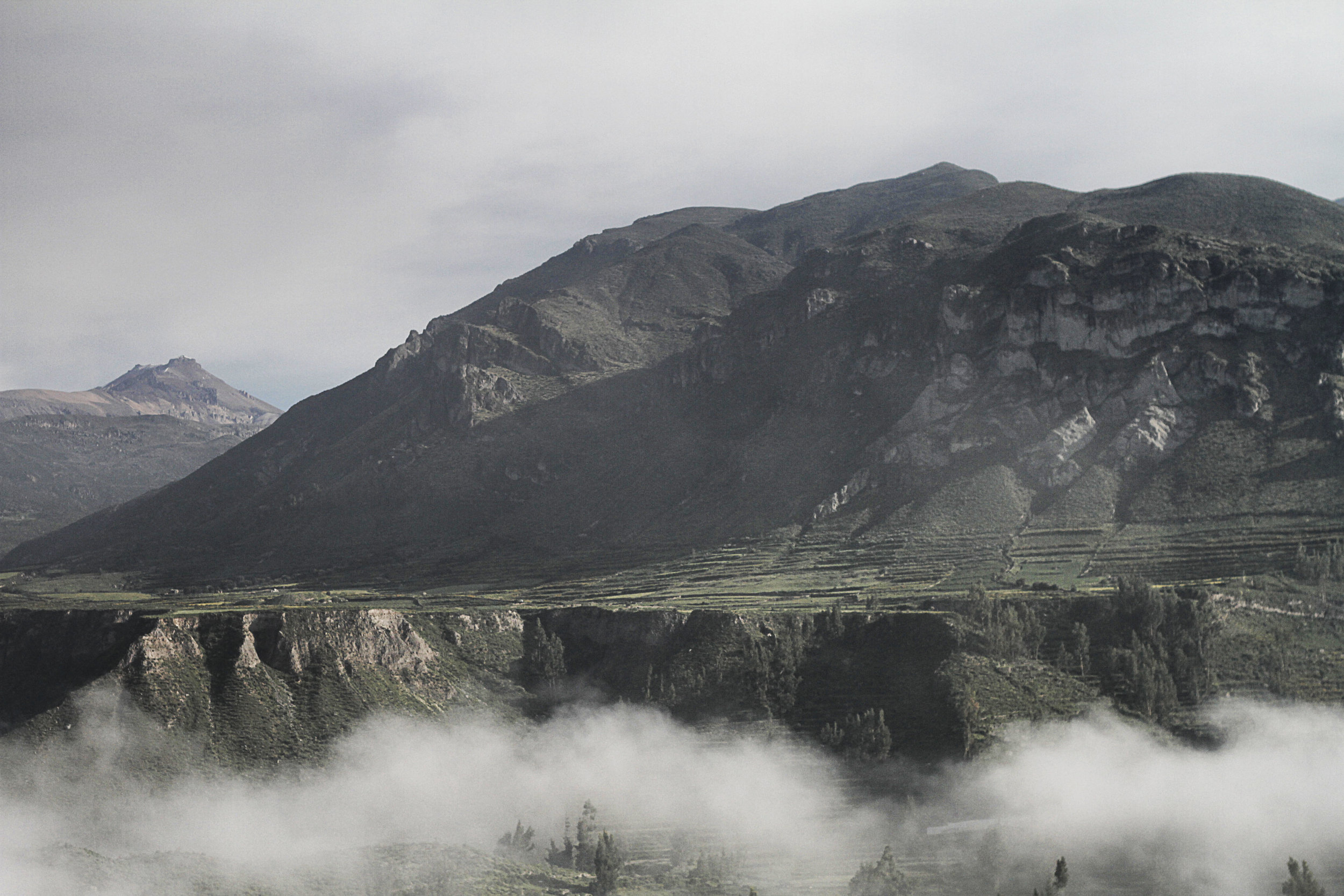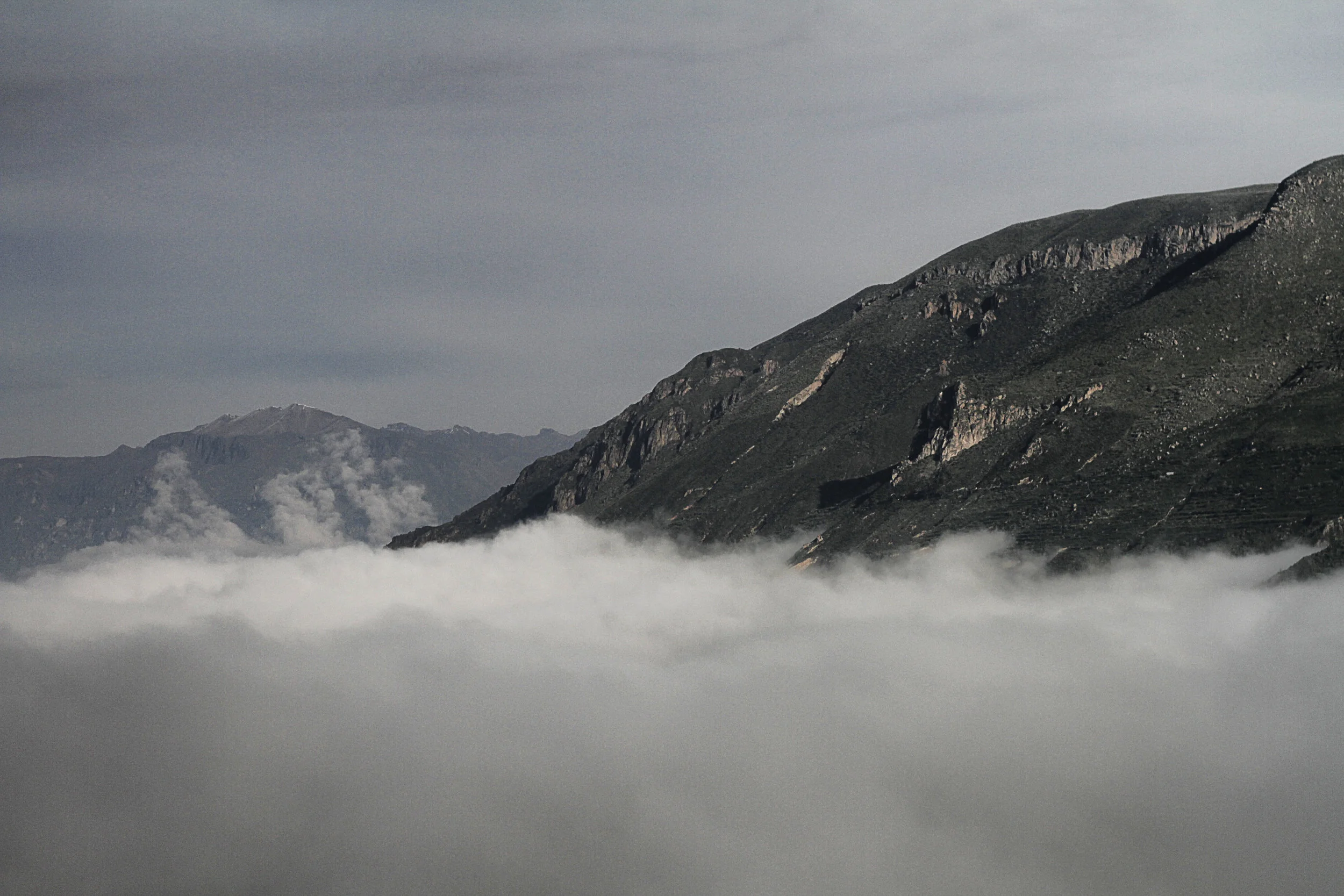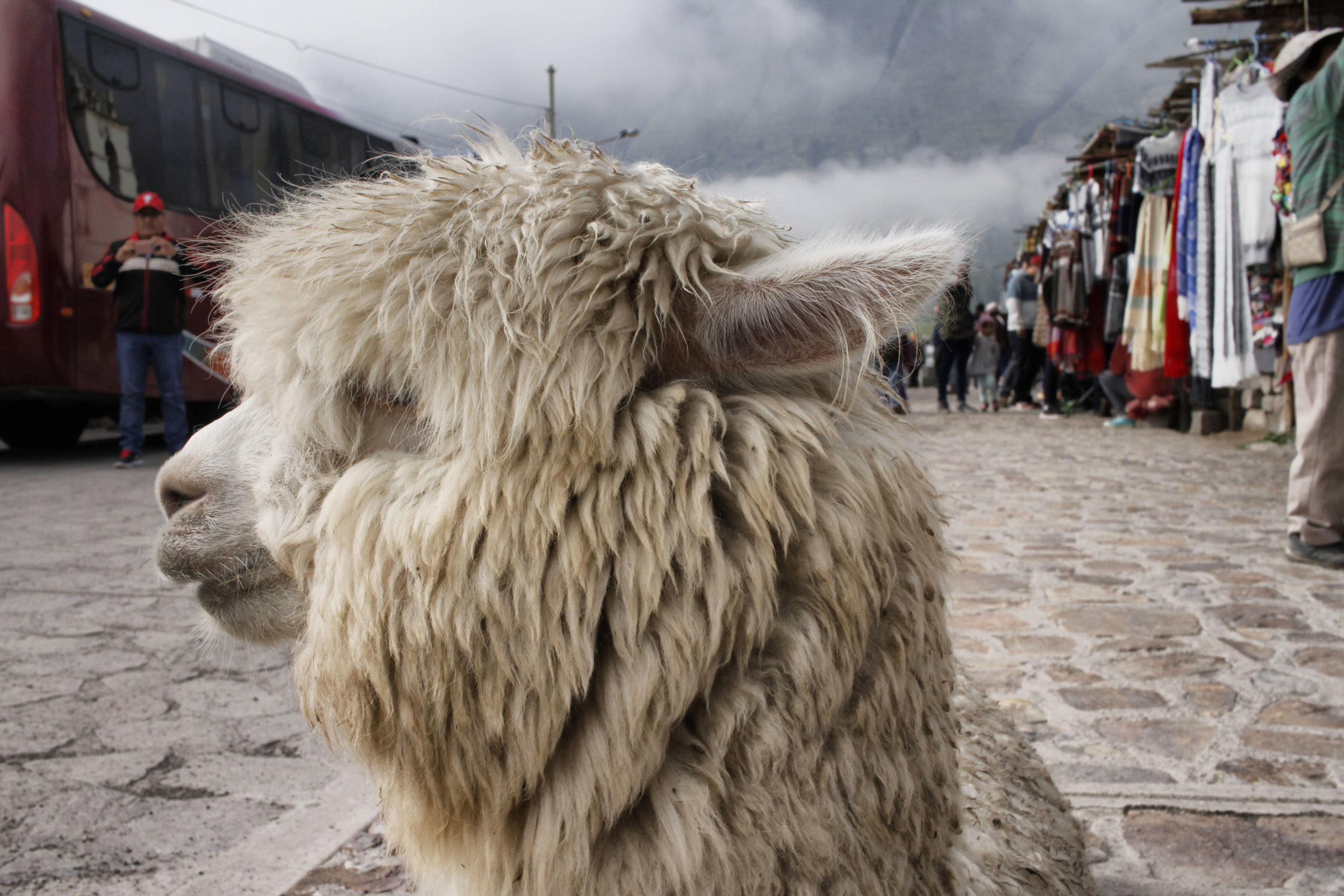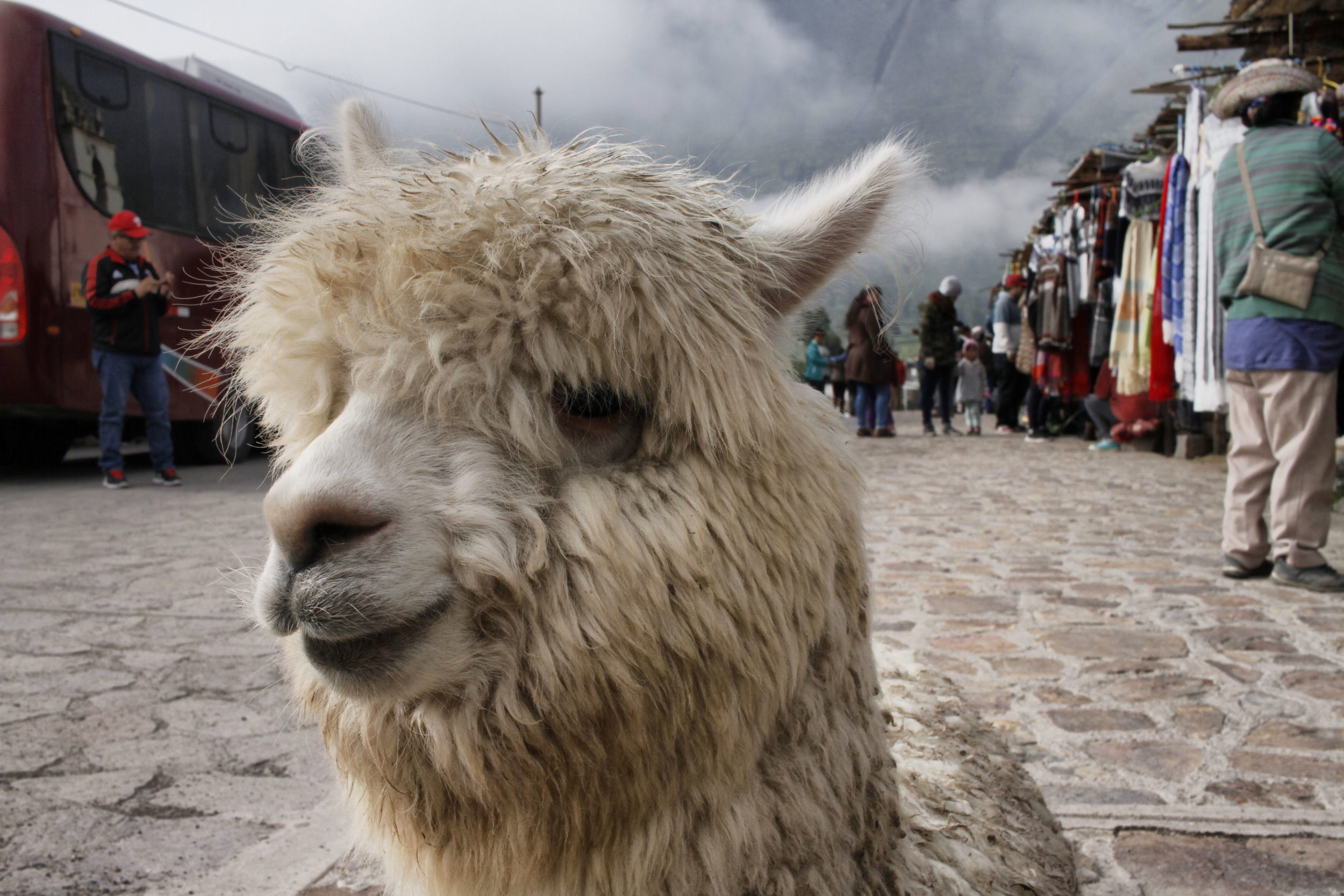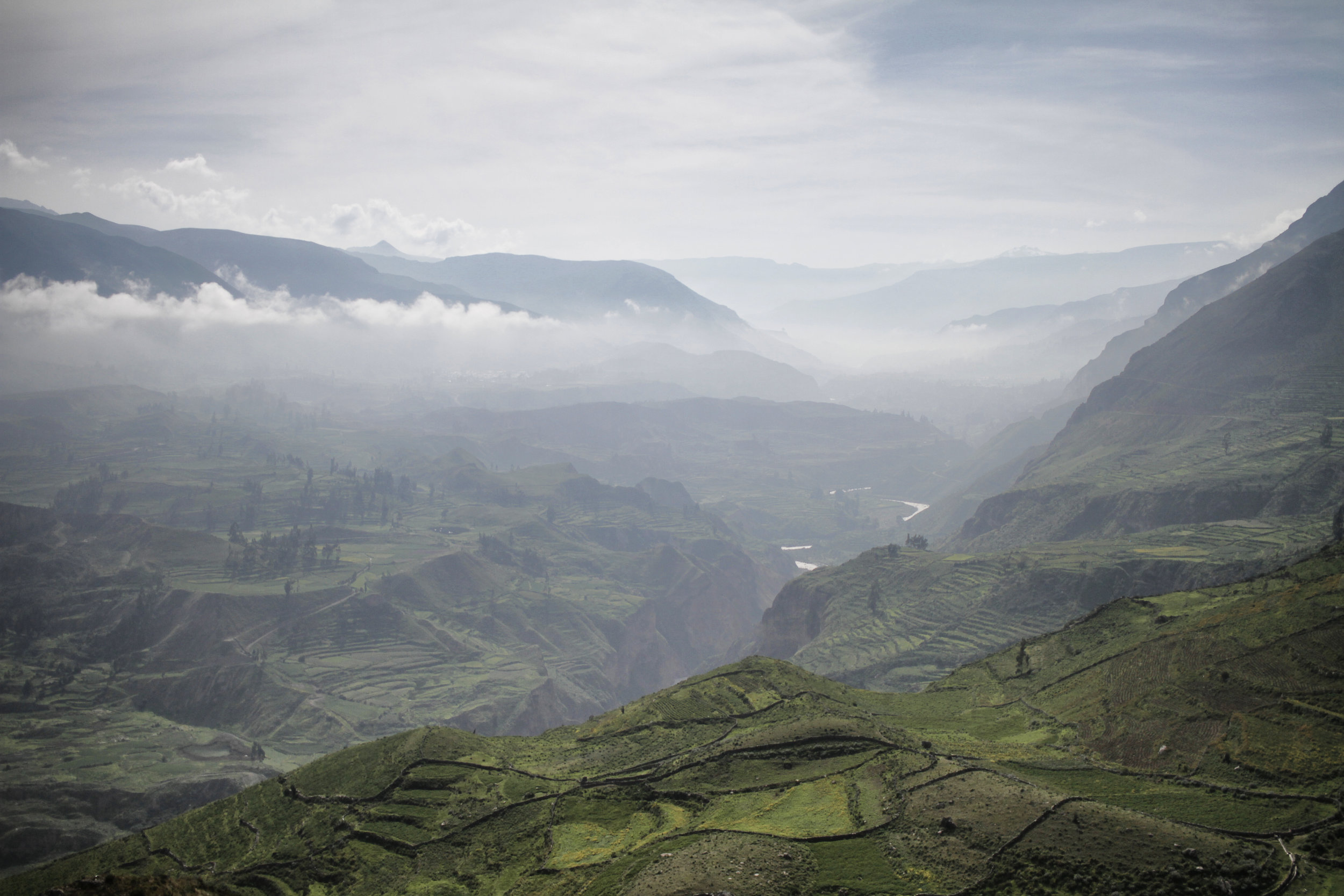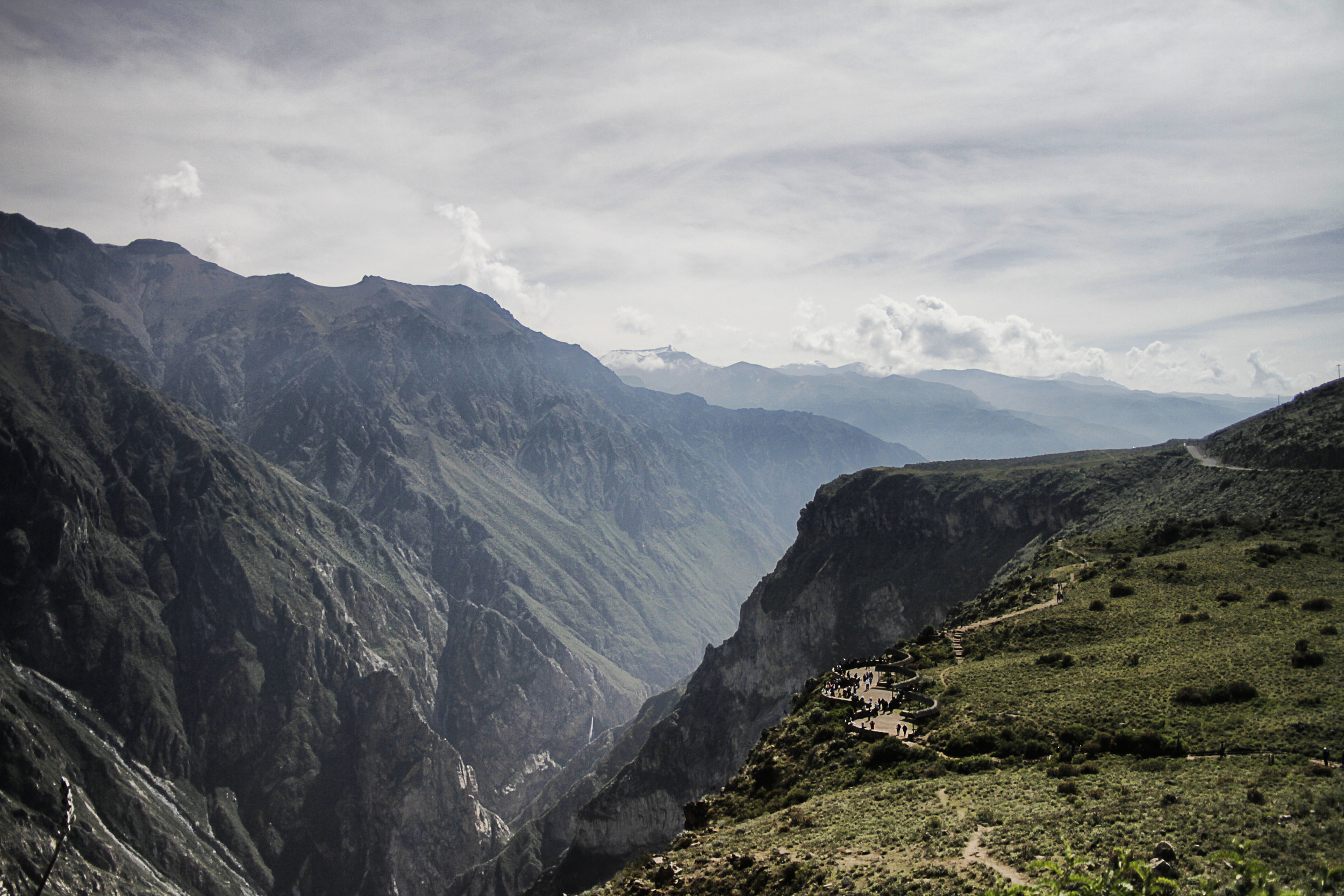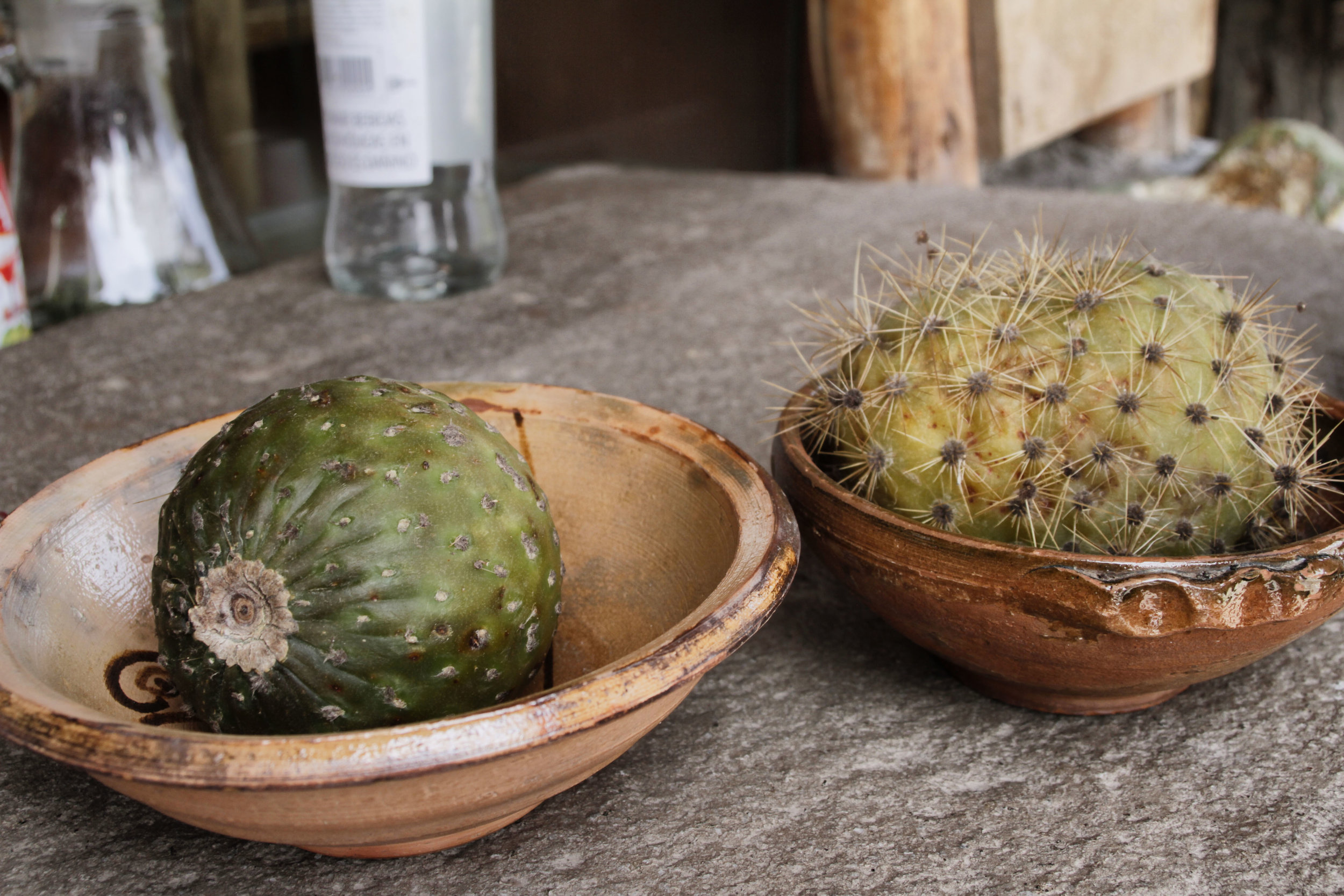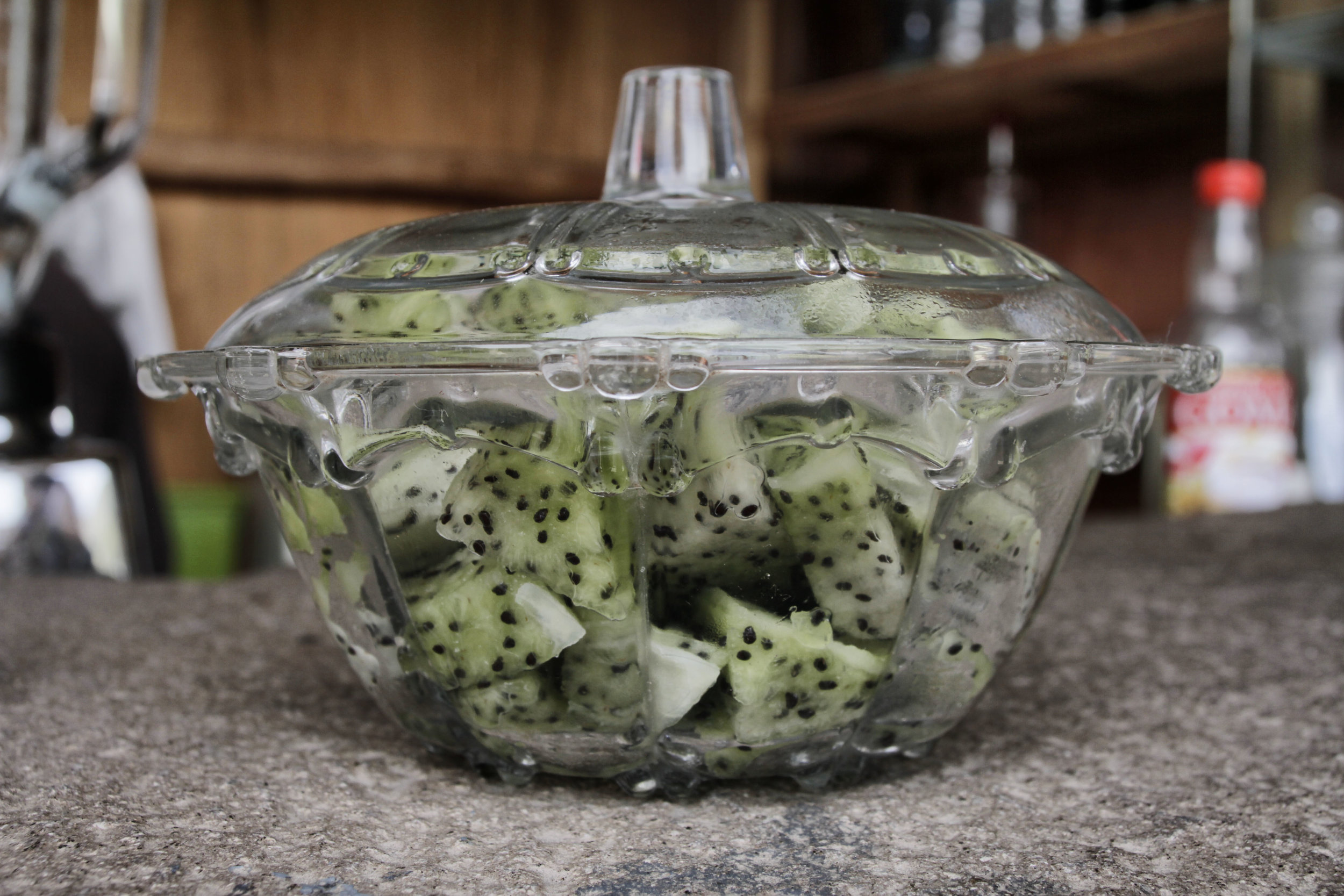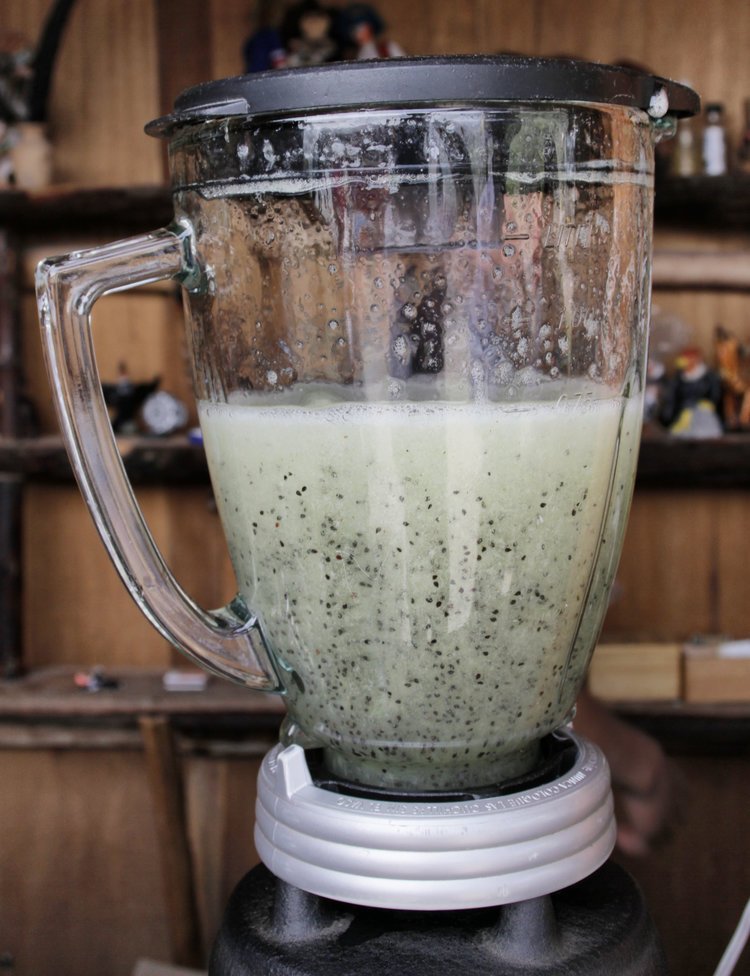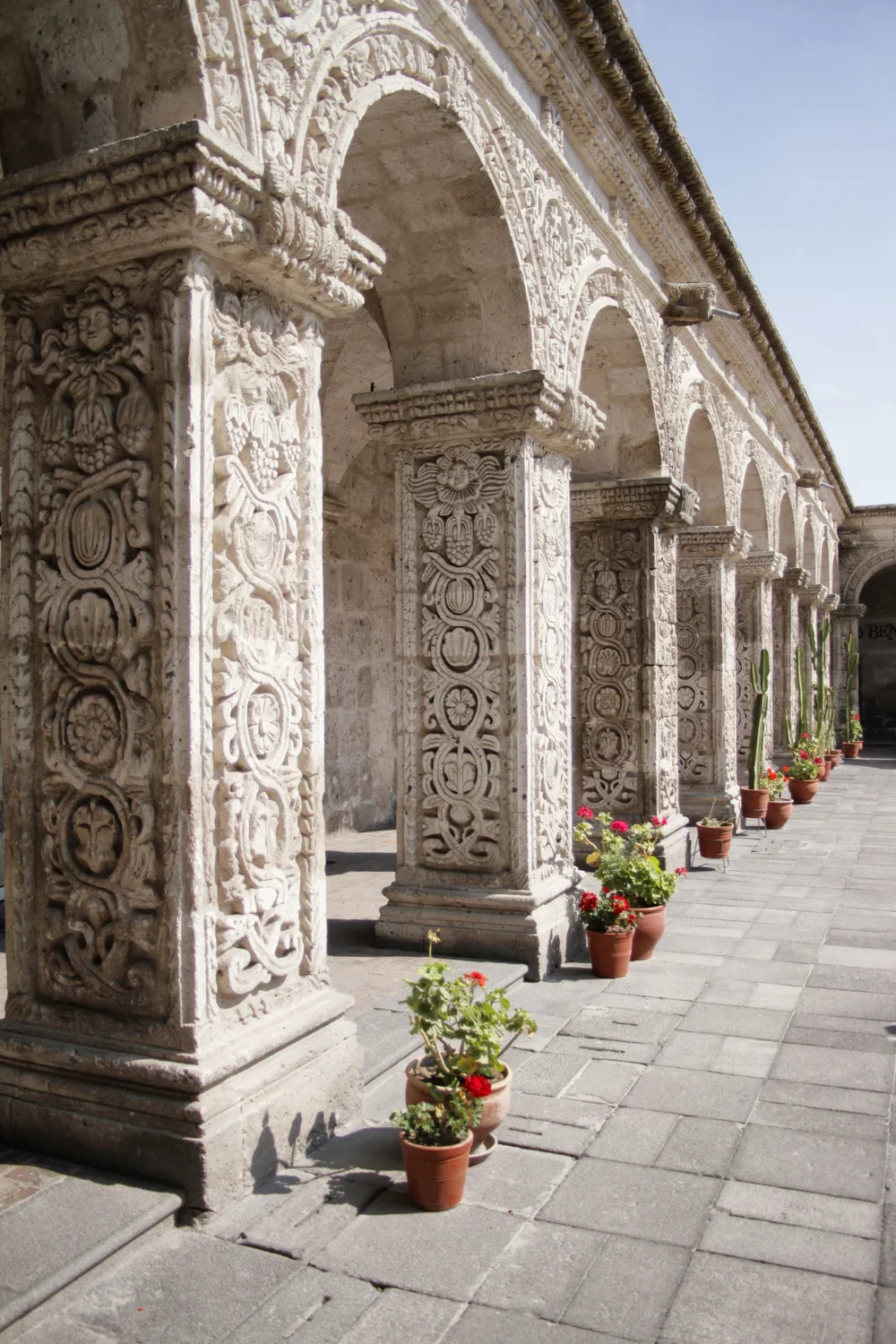Hiking Peru's Epic Colca Canyon
Best things to do in Colca Canyon: discover one of the deepest canyons in the world, hunt for giant Andean condors & admire pre-Incan terraced agriculture with this travel guide.
Peru, officially the Republic of Peru, is a country in western South America bordered by Ecuador and Colombia to the north, Brazil to the east, Bolivia to the southeast, Chile to the south and the Pacific Ocean to the south and west.
The country is famous for iconic landmarks like Machu Picchu, Colca Canyon, Rainbow Mountain, Nazca Lines and the historic city of Cusco.
Peru is a mega diverse country, one of only 17 in the world, with habitats ranging from the arid plains of the Pacific coastal region in the west, to the peaks of the Andes Mountains extending from the north to the southeast, to the tropical Amazon basin rainforest in the east. This diversity brings a richness into the culinary scene with dishes like ceviche, quinoa, potatoes and chocolate.
A river canyon in southern Peru famed as one of the deepest in the world, Colca Canyon is a well known trekking destination.
The canyon landscape is made of green valleys and remote traditional villages with terraced agriculture predating the Incas. The river below, Colca River, is a popular destination for rafting. And the canyon is the perfect habitat for the giant Andean condor, which can be spotted from viewpoints like Cruz del Condor.
With two weeks in Peru, each and every day was packed full of adventure. First, I spent 24 hours in Lima, joining my Peruvian friend.
Then, we moved on to the islands made of rock and tropical deserts of Paracas, dune buggy rides and wine tastings in Huacachina and the “White City” of Arequipa.
From Arequipa, I took a day trip through the epic Colca Canyon and on to Cusco, once the capital of the Inca Empire.
Then, I had an unbelievable near-death experience on Rainbow Mountain, explored Sacred Valley, Peru’s Andean highlands, and last but not least, reached Machu Picchu, a real dream come true.
Best Things to Do in Colca Canyon
Plan / A tour to Colca Canyon
Search / For wild vicuñas
Enjoy / Mirador de los Andes
Explore / The charming town of Chivay
Dip / Into Yanque Hot Springs
Dance / The night away at carnival
Meet / Local animals in Yanque Square
Admire / One of the deepest river canyons in the world
Best Things to Do in Colca Canyon
Plan a Tour to Colca Canyon
Tours into Colca Canyon vary quite a bit and depend on your level of adventure. Two-day, one-night tours are most common but you can also take a quick day tour or even stretch it out into multiple days. The best home base for a Colca Canyon tour is Arequipa and your local hostel should be willing to to store your luggage.
Considering how much time I had available and how much hiking I was in the mood for, left me with a two-day, one-night tour through my hostel in Arequipa, Maycawasi, for 90 soles ($30 USD). The package included a guide, transportation, breakfast and one nights stay in Chivay (and zero actual hiking). Note, some accommodations in Chivay don't offer hot water but I'd recommend getting one that does; it's freezing in the mountains.
Additionally, tour packages don't include your tourist ticket into the canyon which costs another 70 soles for foreigners, 40 for South Americans and 20 for Peruvians. Meals other than your breakfast are typically not included either, as well as extras like visiting the hot springs, so bring some extra cash.
Search for Wild Vicuñas
At 8:30 a.m. a bus arrived at my hostel carrying 20 other travelers and we began our journey toward Chivay stopping a number of times on the way to admire the scenery and experience the local culture. Our first stop was at Pampa Cañahuas about an hour into the drive; we were on the hunt for wild vicuñas.
Vicuñas are wild South American camelids living in the Andean mountains. Their wool is the finest in the world, costing thousands of dollars for just one garment. A vicuña can only be sheared once every three years and unfortunately they don't live long, approximately ten to 15 years. Our guide explained that they eat so much, eventually their teeth fall out and they die of starvation.
About ten more minutes down the road, we stopped again for tea in Vizcachani. The guide recommended we try Inka tea, an herbal combination including traditional coca leaves (raw material to produce cocaine) used to alleviate altitude sickness. The tea was delicious and seemed to help with the mountain sickness which is not to be taken lightly as some cases may be life-threatening. And at a cost of only five soles, about $1.50 USD, why not.
Some time later our bus pulled along the roadside to see handfuls of llamas guarded by local women selling goods.
The animals were so beautiful, covered with long wispy hair and colorful pompoms. It was almost as if they were waiting for a photoshoot.
Enjoy Mirador de los Andes
Patapampa was our next stop. It's the highest point of the journey at 16,109 feet above sea level. The road is said to be the highest paved pass in the Americas and lies between a number of volcanoes including Volcano Mismi and Volcano Ampato. Named Mirador de los Andes, the viewpoint did not disappoint.
Tip / Due to the high elevation, it’s recommended that you are acclimatized to the altitude before visiting to avoid altitude sickness.
Tip / Temperatures can be frigid at times, so dress warmly.
Tip / This is an ideal location for photography, watching the sunrise or sunset or simply enjoying the scenery, so take a few extra moments to linger.
Even at this altitude, people honor Volcano Ampato, a dormant volcano where an Inca mummy named Mummy Juanita was discovered in 1995. Mummy Juanita, also called Lady of Ampato, was a well-preserved Inca girl who was sacrificed around the age of 12 as an offering to the Inca gods sometime between 1440-1480. Human sacrifices on the mountain were not uncommon in years past. Today, people offer little towers of rocks for good luck rather than human sacrifice.
Explore the Charming Town of Chivay
In the afternoon, we arrived in Chivay for lunch. Most of the group ate a buffet style lunch and I chose chicken with rice. Afterward, everyone was dropped at their respective hostels while I took a moment to explore the area.
The town of Chivay is gorgeous. It's rough around the edges but set in the most beautiful valley engulfed by mountains. The main plaza is really cute, filled with restaurants and coffee shops.
Dip Into Yanque Hot Springs
In the late afternoon, we had the option to rest or visit a hot spring in a nearby area, Yanque. Of course, I chose to see the hot springs so around 3 p.m. the bus picked up a small group of us to head to the location.
The scenery surrounding the springs was incredible, out in the open air near the base of the mountain and river.
They had one large pool in a covered area and multiple smaller hot springs across the river. In order to reach the smaller ones you had to cross a skinny little rope bridge.
There were also more pools near the river but those were empty. It seemed as if the hot springs had been pretty popular in the past but have since slowed down. The open pools were packed full of bodies though.
Our group had an hour and a half to relax at the springs and as others were finishing up, I explored the area finding a small waterfall nearby.
Dance the Night Away at Carnival
After a long day, the bus dropped us back off at our hostels for a quick nap. A few of us planned to gather for dinner but I missed the meetup trying to figure out the hot water. By the time I was ready, I took off toward the town center starving. Like magic, I could hear music pounding as I approached. It was Carnival!
From what I could gather, Carnival is a time when a traditional dance called the Wititi dance is performed marking the beginning of adult life. It takes the form of a courtship ritual and is usually performed by young people during religious festivities celebrated throughout the rainy season. The dance also coincides with the beginning of the agricultural production cycle and symbolizes the renewal of both community and creation.
This festival in Arequipa and surrounding cities is celebrated with parades, dancing and folklore competitions. A carnival queen is chosen and the festival is characterized by water fights (even thrown on passersby) to celebrate. The 'Dance of Love' went on for hours. It was incredibly magical to experience; men and women dressed in their best garments, focused on rhythmic movements, spinning into oblivion, hearts racing, drums pounding.
It was well past dinnertime but pulling myself away from the celebration was tough. Overlooking the plaza, I spotted a restaurant, Tradiciones de Mi Tierra. Inside, the woman was very sweet and had a little girl named Melody, who was playing around with her friends.
For dinner, I ordered grilled trout, rice and mixed veggies with a papaya and pineapple smoothie, which was all super fresh and delicious. The weather was freezing, so I turned up the space heater and kept on watching the celebration. I felt so lucky; this tiny village turned out to be such a special surprise.
Before leaving the restaurant, I gathered Melody and her cute little friends to take a photo. They were just too adorable to pass up.
Meet Local Animals in Yanque Square
After a quick breakfast of eggs and tea at my hostel, the bus was ready to go at 6:30 a.m. Our first stop was only a few minutes away from Chivay in Yanque. The beautiful square of Yanque was teaming with women selling goods and children dancing as they were the night before.
For a few soles, I took photos with the women and their animals including a giant hawk. Its grip was a bit frightening because of its strength. Later, I learned that the hawks are raised from birth and nearly domesticated.
Admire One of the Deepest River Canyons in the World
After leaving Yanque, we began our climb toward Colca Canyon, stopping a number of times along the way to admire the views. At each stop, women perched at the edge of the cliffs while they sold goods to tourists and posed with their animals for a small fee.
So early in the morning, the valley was covered with clouds making it tough to see clearly but the views were incredible, nonetheless. The surrounding mountains created gorgeous layers of light and shadow, almost as if the mountains themselves were trying to disappear.
Colca Canyon offers a lot to discover. It’s known for being one of the deepest canyons in the world, its population of giant Andean condors and its extensive pre-Incan terraced agriculture. The canyon is also a popular destination for trekking and rafting, and visitors can see traditional villages and of course, enjoy the spectacular mountain scenery.
Rugged cliffs, lush valleys and volcanic terrain help create a vital sanctuary for the Andean condor, a massive bird of prey with a wingspan of up to 10 and a half feet. Beyond the condors, the area is home to other species like vicuñas, vizcachas (native rodent similar to a rabbit or chinchilla) and various types of eagles and hummingbirds.
The canyon is home to traditional villages where women still wear traditional clothing and local artisans produce intricate textiles, pottery and other handicrafts.
One of the stops was a little town with a beautiful church and shops lining the street where I bought some wool socks and took a few photos of the women selling goods.
Tip / Make sure to always ask the local women before taking a photo of them or their animals. Also, offer some change in return, even if the don’t have a set fee (but they likely will); this being their main form of income.
Our group continued on to another amazing viewpoint in Colca Canyon, Mirador Wayra Punku Autocolca. As the clouds began to clear, I couldn’t believe my eyes. The earth had simply cracked open.
Colca Canyon's local people still practice ancestral traditions and cultivate the pre-Inca stepped terraces. As you'll see throughout Peru, these terraces provide protection from mudslides, create micro-climates for growing produce and are a trademark of beauty and status. Talk about a remarkable landscape.
It was finally time for check-in before officially entering Colca Canyon.
Tip / A tourist ticket into the canyon costs 70 soles for foreigners, 40 for South Americans and 20 for Peruvians, so have your cash on hand as you'll have to fork it over before entering.
Tip / Keep in mind, Colca Canyon is the third most visited tourist spot in Peru, so it will be packed.
Mirador Cruz del Condor is the highest point in Colca Canyon and the spot where most tourists hunt for the giant condor, the massive bird of prey. Our guide told us they’re too big to fly but they can soar through the air. The huge birds catch drafts of wind in the canyons and soar between its peaks.
Tip / Keep your eyes peeled for the giant Andean condor; consider yourself lucky if you spot one.
The views were like something I've never seen before. Colca Canyon is one of the deepest river canyons in the world and you'll definitely be impressed. Our group had an hour to roam the cliffs and take photos.
Tip / Be careful to move slowly and drink lots of water. The elevation is brutal and many people became nauseous, myself included. Keep a few coca candies in your pocket for times like this. Vendors are also at the top selling snacks and drinks, if needed.
A final stop to try jugo de sancayo, the juice of a local cactus. The cactus looks like kiwi but its juice is pretty bitter until you add sugar.
Locals also had a version with alcohol but it was too hot for that. They also sold muffins made with cactus, which were very tasty.
Tip / Watch out for aggressive animals like llamas. I learned pretty quickly that many don’t enjoy getting their photo taken or getting pet.
Our group loaded back into the bus as the tour came to an end. Slowly, we made our way toward Arequipa, almost a four hour drive in the extreme heat. The roads were packed and sadly I felt so sick from the altitude and motion that the ride was almost unbearable. Make sure to keep hydrated and drink your coca tea but all in all, the trip was totally worth it.

